|
There's a kind of war between script and image, a struggle for dominance. In Painted Steps, I want the images to win. As I'm working on the truck image, I'm thinking about the source photo, wondering about the words on the side of the truck. From the beginning of Painted Steps I've kept choosing not to use text, not to paint words. I considered labeling the little pictures, and decided against it. Somehow using words feels like cheating. Would I be using text to cover for a failure in image making? I penciled in place names along the striped elevation band, but reluctantly, and only for strategic reasons. They're discrete and graphically unobtrusive. I may seem contrary. Painted Steps is a kind of ‘map’ but I don’t want it to have words. On the other hand, the crescendo-like perspective, of the lettering could enhance the sense of drama, size and speed of the truck. Also, the words are in the photo, a real part of the truck. Without the words it looks a little blank, as if it was carrying a secret but somewhat bland cargo. So, I will try. I'll practice the lettering with a study on a separate piece of paper. I feel intimidated. I feel I don't know how to do it. How do you 'paint' letters. Isn't this writing? I try painting the individual letters in tiny strokes with my finest brush and using my magnifier. Actually I never believe I'm capable of successfully painting any of the little pictures. As we found on the Camino, not knowing exactly where you're going can be exciting and adventurous. Sometimes however, the uncertainty borders on fear and self-doubt, a place where I often find myself stuck. To avoid this place of stasis, I set up a kind of "suspension of disbelief", I act as if I am capable. I use a timer to create a bubble of safety - boundaries of 30 minutes. I try to keep on this side of belief, working in patience until the image unfolds into a Real-ism. The feelings transform into awe when the image reveals itself and becomes clear and satisfying. Even if it's a bit clumsy the lettering enhances the drama. I'm pleased. I paint it into the truck picture on Painted Steps. Even if it's a bit clumsy the lettering enhances the drama. I'm pleased. I paint it into the truck picture on Painted Steps. Some time after I finish the truck image I take another look. Now that all my labour and struggle is forgotten I reassess. The lettering is still not quite right. My problem, I think, is the words I've been using to think about the lettering problem. I can't paint text, that's lettering or calligraphy and I'm not good with lettering. But when I think of it as an image of signage, in pictorial terms, my job as a painter becomes clear, and I know what I need to do. One of the basic methods for creating the illusion of space is gradation and contrast of colour intensity. Generally, close up is sharp, bright, intense colour. Distance is suggested by fading away to softer paler tones. So, I pale out the letters F and L because they are smaller and farther away and sharpen and brighten up the letters L, L, and A. Better. The image stands out in Painted Steps because of the words. You can read the side of the truck as well as "read" the image.
Despite all the attention on detail and accuracy, I don’t intend Painted Steps as a bulletin board of information; I want to offer a sequence of experience. I'm hoping to make powerful images, lingering potent images, giving life to illusion; illusion as a doorway to remembered and desired experience. Not symbolic. Simply there. And without the mediation of words. I am a compulsive reader. For me being literate means it's simpler to read words than to 'decode' images. The words are a mediation, they choose and isolate a particular aspect of the world. Words speak. Images are silent. In 'My name is Red', Orhan Pamuk tells of a battle for truth and authority between script and image. In Islamic Persian script-based culture, painted Miniatures are meant to act only as aids to the story, to illuminate the story, not exist as acts of creation in themselves. I want exactly the opposite. I want the images to be 'creation'. Both before and during my Camino walk I decided that the experience would not be mediated by 'scriptures'. I made a point of not reading the current Camino guidebooks. I resisted being told what to notice. And yet, I find myself compelled to write about making the painting, the 'guide book', to the parallel journey. So, despite the strain of switching from the act of writing to the act of painting I keep lurching ahead, keeping on the move! Eight hundred and forty two words! And a picture.... "A drawing is simply a line going for a long walk." Buen Camino!
2 Comments
The pathway of the Camino Francés was paced out by the feet of humans and beasts. The N120 highway follows the same geography, following the path of least resistance. We often saw it running parallel, at some distance to the foot-path. Except in Villafranca Montes de Oca. Here the Camino, the highway, and Main Street converge. In this medieval village, the highway blasts right through. We were among the hungry pilgrims hovering on the doorstep of the village supermercado, anxious for the 5 o'clock re-opening, with 18-wheelers and refrigerated semis barrelling past, practically scraping the doorway of the little store against which we all flattened ourselves. I wonder what it's like to live there with the village split in two. We stayed that night in a habitación at the El Pájaro just off the highway. The next morning, after breakfast and a chat with a pilgrim couple from Holland, we hoisted on our backpacks and began our day's walk. I stopped a few minutes to take some photos of the early morning stream of trucks. Back home in my studio I knew an image of a truck had to be part of my piece. Sifting through my Camino snaps I found a great truck photo but it was missing its back end. I had shot it out of frame. I started hunting the web for a picture of a truck with a compatible back-end that I could patch on. I also needed to pinpoint the placement of the truck on Painted Steps. Using the elevation profile in the striped band I plotted the location of Montes de Oca, a little over half way through our journey, right on the edge of the second (left hand) sheet. And it struck me! The 'endless' truck problem had created a perfect rationale for the diptych format. I hadn't been sure about using two separate sheets of paper as the substrate for the painting. I might have, perhaps, wanted one long sheet. But I liked the colour, absorbency and texture of the Somerset and the pieces together made a satisfyingly elongated rectangle. Now I could see the diptych form was exactly right, how the split space between the 2 sheets would serve to heighten the 'barrelling out of nowhere' experience of the truck. I now needed a truck image with no back-end. I now needed 2 sheets. Two wrongs sometimes make a right! Among my 'rules of engagement' defining the figure /ground relationships in Painted Steps is a decision to not put the little pictures in capsules or bubbles, not to paint "vignettes'. I want my images to sit plainly on the 'ground'. The middle band of Painted Steps is the land. But I don't need to be rigid about the rules, just respectful. The truck will need a road, some landscape around it to show the action as well as the object, the heavy truck barrelling towards a sharp curve. Gradually I've moved forward, painting in the scene; a bit of tarmac, a white line, more grey tarmac curving up the hill, more descriptive white lines, more hill with bushes, trees, signage, bit by bit, trying to keep on this side of just-enough. The image begins fairly flat against the frontal plane. Then the added angles, overlap and perspective create the illusion of 3-D space and depict the truck driving into the painting. The truck is a complex object, with the rounded hollow cab, the huge hard-edge box and the doughnut rounds of multiple wheels. The British term articulated lorry expresses the complexity well. The object is also in extreme perspective... difficult. Painting and re-painting has taken a lot of time. I go back to the source photo. Does my painting need the crash barrier to prove the sharpness of the curve? I resist, then paint it in. Does it need the rooftop to show the narrowness of the highway? I paint the rooftop into the study, find it works, then add it into Painted Steps. Does it need the rooftop to show the narrowness of the highway? Is clarity more important than rules? Is purity? Pictorially in Painted Steps I am working with the cardinal points North South East West,
top, bottom, right, left. I want to create the sense of westward movement from right to left, mirroring the westward journey of the Camino Francés. To achieve this I've had to flip some of the source photos to get the desired orientation. In the photo of the truck it was already facing the right direction, ready to paint from. But once painted into Painted Steps the geographical truth and the pictorial truth contradict each other. Anyone familiar with that landscape would know the truck is 'really' headed back towards Belorado not west to Santiago. But it looks right for Painted Steps. Here, to me, is another aspect of 'mediation' from experience to picture, fictionalizing the truth to reveal a truth. The beautiful Somerset paper of Painted Steps has had its own journey from east to west. Milled in England, shipped to Montreal, trucked across Canada and ferried to Victoria, it lay on my shelves for 35 years, waiting for the right moment. Buen Camino! "A drawing is simply a line going for a walk." Paul Klee (1879 - 1940) German-Swiss artist When I crouched down to take the photo of the butterfly I didn’t realize it was dead. It lay on the gravel in the sun. I thought it was basking. I found it on the path between the towns of Sansol and Viana, somewhere between the Ermita de la Virgen del Poyo and Eduardo’s. Eduardo’s: When you least expect it; the sound of the generator, and around the bend, a little caravan canteen. Lovely biscuits offered, ok coffee and a sit-down at a makeshift handcrafted table. The thing with the Camino Frances is that it is sociable. A nice café, a bathroom, a friendly host! Not the best trail for those seeking physical isolation. But this little butterfly is dead. One of the daily delights of the Camino in spring is the joyous lively presence of life of all kinds, butterflies and bugs and birds; flittering, tweeting, fluttering, scuttling, and walking along accompanied by these little creatures. Butterflies are an important image to have on my Painted Steps. I believe my butterfly, la mariposa, is a Black-veined White Butterfly, Aporia crataegi. I looked it up on the web, to find it’s name and get a closer look. I discovered the huge world of Butterfly identification; scientific, amateur, (in the French sense) children’s educational, eco tourism. I also learned that it is fantastically complex. There are butterflies that avoid being identified (and eaten) by disguising themselves as other less desirable butterflies. The web photos are helpful, as are the diagrams showing how butterflies are actually structured. The written descriptions point out features to observe, distinctions I probably wouldn’t have noticed, such as clubbed antennae. I chose to paint the butterfly now thinking it would be easy. Basically flat, an open book with a thick spine? Hum… I began painting the study preoccupied with figuring out the pattern of the veins, the structure of the individual panels. Then I struggled with trying to paint the translucent and fragile quality. I didn’t really understand the shadow. I didn’t understand that the wings were actually at an angle to each other. I thought the butterfly was flat. I couldn’t see it was an ariel view. I didn’t see that the lower wing set was flat to the ground and the upper one lifted off the ground. I went into painting it onto Painted Steps with some indecision, thinking maybe I would ‘fudge’ it! I made it to appear to be flying over Painted Steps. But actually this butterfly is dead. And needs to be on the ground. I’ve been mislead by the brown brushstroke of the ground. It sort of suggests a shadow, but it’s wrong. So it needs the shadow. The shadow will describe the earth. I get some feedback and advice from my partner. I might need to shift the tonal value of the bottom wing and also paint the clubbed antenna farther up on the head….Step back a bit ….what happens when the tonal shift helps lift that top fore-wing? The shadow will become readable when the object speaks more clearly. Plus I think I have being taking the name Black-veined White Butterfly too literally! Finding the ‘good enough’ place is difficult in this type of work. It’s never ending! In a way, it’s all failure …”walking, falling, and stopping oneself from falling…. I’m tired! Just in time, by chance, I found, literally on my doorstep, some encouragement. I was leaving work for the day when I found a paperback propped up on the outside stairs outside my studio. It turned out to be “My name is Red” by the Turkish writer Orhan Pamuk. “My name is Red” is a murder mystery set in Istanbul in 1591. Its main characters are a group of illustrators illuminators, working in the context of the illustrious tradition of Islamic Book Arts, and obsessed with art making: technically, materially, philosophically, spiritually, economically and politically. Perfect! Shop Talk. - life and death discussion around the concept of Realism in art. “Allah created this earthly realm so that, above all, it might be seen. Afterwards, He provides us with words so we might share and discuss with one another what we’ve seen. We mistakenly assumed that these stories arose out of words and that illustrations were painted in service of these stories. Quite to the contrary, painting is the act of seeking out Allah’s memories and seeing the world as He see the world.” from My Name is Red This is a kind of ‘Realism”. It’s from a point of view, a ‘POV’, that’s literally (mythological speaking) an aerial perspective. Myself, as a child, I grew up believing the idea of a painting as a window- a window anyone can look through and see a real world; logical, common-place and idiosyncratic. So, the Old Masters of Christian Renaissance, painted the real world, made real art. Even if with imaginary characters.) As I grew older, under the influence of LIFE magazine or in my case, National Geographic (both USA artifacts!), Photography became the arbiter of the real. Then we learned that a photo could lie- à la cold war Soviet Revisionism - with bleach and cotton-wool - the record of a person’s existence could be erased. The screen, internet, facts, news, SciFi, drama, stories as news, news as stories…. We still believe the picture as a window into the real world, ….we just don’t trust it. So let's say Painted Steps is not a picture or a painting. I‘ll call it a map, and go for a walk with a line. Buen Camino! adendum
"My Name Is Red"is a 1998 Turkish novel by Nobel Prize winner Orhan Pamuk. Pg. 96 “Take your pencil for a walk”…”Saul Greenberg from Butterflies of Europe Black-veined White Aporia crataegi LINNAEUS, 1758 Family - PIERIDAE subfamily - PIERINAE Tribe – PIERINI Black-veined White has a wingspan of 51 to 70 mm (2.0 to 2.8 in).[3][5] Females are commonly larger than males. The upper side of both forewings and hindwings is a translucent white boldly veined with black.[3] The underside is similar in the male but the female has brown veining. Moreover, the female loses most of her scales by rubbing her wings together, resulting almost-transparent.[4] Both sexes nectar at a wide variety of flowers including ox-eye daisies, scabious, thistles, clovers, vipers bugloss, self-heal, valerian, lavender and various vetches. This butterfly can be distinguished from other members of white butterflies of the genus Pieris by its distinctive veined wings.[3] FROM: Adrian Hoskins learnaboutbutterflies.com Butterflies are flying insects with two pairs of scaly wings and two segmented, clubbed antennae. Like all insects, they have a three-part body (head, thorax and abdomen), 3 pairs of jointed legs, compound eyes, and a segmented exoskeleton Abdomen - The abdomen is the segmented tail area of an insect that contains the heart, Malpighian tubules, reproductive organs, and most of the digestive system. Antenna - An antenna is a sensory appendage that is attached to the head of adult insects. Antennae are used for the sense of smell and balance. Butterflies have two antennae with clubs at the end. Compound Eye - Insect compound eyes are made up of many hexagonal lenses. Fore wing - The fore wings are the two upper wings. Head - The head is the part of the insect that contains the brain, two compound eyes, the proboscis, and the pharynx (the start of the digestive system). The two antennae are attached to the head. Hind wing - The hind wings are the two lower wings. Leg - All adult butterflies have six legs. The two forelegs of some butterfly species are tiny. Proboscis - Adult butterflies sip nectar and other liquids using a spiral, straw-like proboscis located on their head. Thorax - The thorax is the body section between the head and the abdomen. The legs and wings attach to the thorax. "How ‘long ago and far away’…is enough?" or "A walk in the park meets the backstory". My next little picture is The Barn. I had seen a few buildings of this type in Tierra de Campos. They were off in the distance, far from the walking path, seemingly isolated in the middle of fields, and not easy not to notice. It took me a while to figure them out. All that pork and no pigs…? Distance functions here like the thick fringe of trees along BC highways that mask the blight of clear-cut. This is not the chickens-scratching-in-the-dirt kind of farming. Distance means too far to hear, too far to smell. Distance allows us to ‘distance’ ourselves…. However, the tele-photo lens offers a kind of transport, can ‘virtually’ carry you closer. So can a magnifying glass, a finger spread or command +. So I chose to paint the barn quite tiny. An individual background brush stroke becomes a little hill. How far is far? To get to the Camino, to get to the start of our pilgrimage, we flew 8,000k from the Pacific coast, across Canada, Greenland, the Atlantic Ocean, to Roissy CDG. We crossed Paris on the RER and Metro, 24 k to the Gare St Lazare, then travelled 770k southwest by train to Bayonne on the coast. An hour’s bus ride, 53k, down a winding country road, took me, my partner and 50 other back-packing, pole-carrying, broad brimmed prospective ‘pilgrims’’ into the spring green heart of Basque country. We finally arrived at the terminus in Donibane Garazi, St.Jean Pied-de-Port, the starting point of the Camino Francés. My destination that night was the Hotel Camou which according to Google maps was in the neighbouring town Uharte Cize about 700m away. Maybe take a taxi? “Is it far?” I asked our taxi driver. He smiled, laughed, and said <ça dépend.> (To paraphrase Obélix “Ils sont fous, ces touristes”). Perhaps it was the preponderance of x’s in written Basque, “Euskari”, that made me connect Basque with the story of Astérix and Obélix. Perhaps Welsh being also a ‘unique’ language, and the Welsh being Celts, with a reputation of people resistant to Romanization, Latinization, There emerges a kind of Xena -fication of history, a mythological, anecdotal, orally transmitted soup. A connection of time, not place. Like some vague family history. But in reality it’s possible that the Basque are ancestors of the Welsh.During the last Ice Age this region, Navarre, was habitable, free of glaciers. At the retreat of the ice the population of this area spread north and so ‘the Basque Refuge”, may be understood to be the cradle of European peoples, making the Basque ancestors to the British! And in fact it may be that the famous Celt village of Asterix, so French a cultural artefact, may well be proven to have been in Spain, or more precisely, in Basque country. All may not be as it appears. Happy Trails, Buen Camino! Alvaro Bermeio
https://www.courrierinternational.com/article/1999/12/23/et-si-asterix-etait-basque Forty years after its creation, the work of Goscinny and Uderzo seems to reach the pantheon of the great myths of our time with the film “Asterix and Obelix against Caesar”, currently on Spanish screens. Everything seems French to the extreme in this blockbuster. With one exception: if, taking into account History, we move from fiction to reality, instead of being in Gaul, the legendary village resistant to the invader should rather be in Spain. And, more precisely, in our ineffable Basque Country. History says that after the defeat of Vercingetorix all Gaul submitted to Julius Caesar. However, in Hispania……….. Alvaro Bermeio Courrier International 15/12 2004 Quarante ans après sa création, l’oeuvre de Goscinny et Uderzo semble accéder au panthéon des grands mythes de notre époque avec le film Astérix et Obélix contre César, actuellement sur les écrans espagnols. Tout semble français à l’extrême dans cette superproduction. A une exception près: si, en tenant compte de l’Histoire, on passe de la fiction à la réalité, au lieu d’être en Gaule, le village légendaire résistant à l’envahisseur devrait plutôt se trouver en Espagne. Et, plus précisément, dans notre ineffable Pays basque. L’Histoire dit qu’après la défaite de Vercingétorix toute la Gaule s’est soumise à Jules César. Or, en Hispanie….. Basque Refuge: https://indo-european.eu/2017/07/neolithic-and-bronze-age-basque-speaking-iberians-resisted-invaders-from-the-steppe/ , Xena Warrior Princess – TV, New Zealand (facts = data = writing) Looking towards Santiago -‘west’ on Painted Steps- the next little picture I painted is The Wild Boar / El Jabalí. Leaving Carrión De Los Condes (before the pueblo of Moratinos), the main route looked quite flat. It was bone straight, and edged the highway. So, encouraged by our Camino friend Terry (who was walking for the 2nd or third time.) we took the alternative route or ‘variante balise’ as it was marked in our guide book “Miam-Miam DoDo”. The path led us up into a rolling landscape of tilled fields between scrub tree hills. We didn’t mind that it was uphill and a little farther. We were in good shape. Throughout that section of the land we saw only two people, one driving a tractor, the other hoeing a field. We waved and yelled Hola! He seemed glad, waved and called back. Terry had walked on down round the next curve. I looked ahead into a field of ripening grain, saw a dark shape standing stalk still. An animal cut-out? a buffalo, a baby moose? It caught scent or sight of us, instantly turned and bounded off up the scrub-covered hillside bordering the field. A wild boar, the sanglier of Asterix & Obelix fame! It dodged through tufts of thicket to emerge and bound along the crest of the hill in perfect silhouette. Powerful, fast, beautiful. A perfect birthday gift for my partner. A reward for literally 'taking the road less traveled’. We were so pleased! I didn’t get a photo, it happened so fast. So for Painted Steps I looked for pictures on the internet. I was taken aback to discover that boars are often considered either as pest animals, or as big game. They are pictured as infesting human space, like the deer in nature-loving Victoria, raccoons in Montreal, or foxes in other towns & cities. Or, they are chased, cornered with trucks and dogs to harass them into vicious dangerous beasts, worthy challenges to mighty hunters. (I recall the ‘Order of the Boar’ from Heinrich Boll’s Billiards at half-past Nine. The meaning is retroactively resonant.) Apparently boars occasionally wander into the suburbs of Madrid. The problem of the wild boar’s loss of natural habitat and interface with humans is augmented by the creation of feral hogs, farmed pigs abandoned into the ‘wild’ by industries finding them not profitable. I also found a picture of a boar sow crossing a dirt road with a string of furry, striped piglets trotting behind in single file like ducklings! And I did find some photos that reflected the boar of my experience. I painted 3 boar pictures but hopefully in a way that suggests they are three positions of one creature in movement. 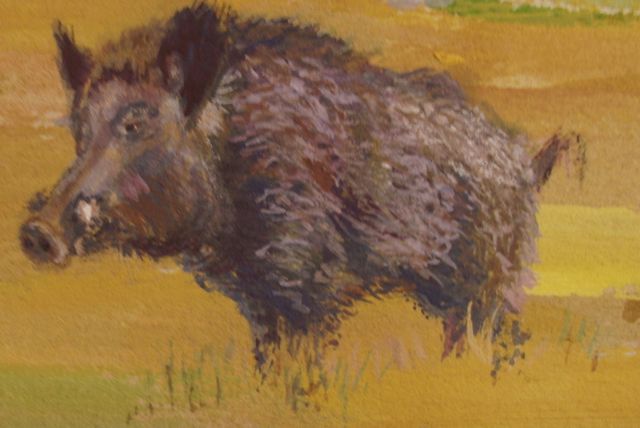 Or so I thought! Since then, in a casual way I’m adding to his length to his legs peaking through the grass- the longer grass. I went back to the photos and yes I’ve painted it only up to his elbows. His legs are really longer. Perhaps one of the reasons he reminded me of a baby moose is that when I saw the moose he was sunk deep in the snow. Connections! Hi Sandy, Hi Denny, thanks for the moose! Happy Trails & Buen Camino While walking the Camino I had to stop myself thinking about getting to the end or only my feet would have arrived in Santiago. Why be in a hurry? One step at a time, enjoy, be involved. Making Painted Steps poses a similar challenge. I get anxious about finishing, impatient to see all the elements in place, and all the interactions of the elements. It’s taking a long time… How far... is a long time? After the Goya ‘side-trip’, I’m glad to be back to the little pictures of Painted Steps, to be back on the road’. It’s like on the Camino. Every morning; wake up, get dressed, packed, and walk off and feeling just plain pleased to be walking again. Before 8am! Amazing!......... This is the road ahead, from the dovecotes of Villalcázar de Sirga to the swinerys of Tierra de Campos with wild boar in between. The image of a dovecote quickly came to mind as a picture choice for Painted Steps. But on the Camino it took a while to come into focus. We were walking through the northern tip of Tierra de Campos, land of farms and fields. For days, I had been hearing the soft cooing of doves. I began to notice some odd shapes among the farm out buildings. The strangely proportioned structures were windowless, round or square, often with fancy crenellations, or other decorative flourishes. Finally in the town of Villalcázar de Sirga we came upon a similar structure in the grounds of a popular restaurant. This structure had been restored and was open as an interpretative center. It was a Palomar, a Dovecote. I learned that the husbandry of doves/pigeons is a European tradition going back to medieval times and was widely promoted in Palencia in the 1800’s. Pigeons /doves were raised for their eggs, meat and feathers and their guano, bird-dropping fertilizer. This Villalcázar Palomar is a classic of the region, round and 2- tiered with a ceramic tiled roof. The walls are plastered and white-washed adobe. Beautiful! Inside, there is an inner circular courtyard. You can see the roof structure, wood beams fanned like the underside of an umbrella. Fashioned into all the walls are rows and rows of niches, hundreds of nesting places for the wild palomas, the doves. The dove is a potent cultural symbol. Maybe the dovecote is traditionally a place for lovers’ trysts, part of the association of dove with love. In Michael Ondaatje’s novel the “English Patient’ the nurse’s father dies hidden and alone in a dovecote. On the Camino we frequently saw this symbol for the Christian Roman Catholic idea of Holy Spirit. I would imagine that Lorca’s poetic image of the “bosque de palomas desecadas’ (the thicket of dried up doves) “resonates deeply into the Spanish cultural religious political psyche. I will have the dove in Painted Steps. We saw lots of adobe building in Palencia: heaps of straw, clay and sand on plastic sheets, ready to repair walls in towns and villages: work in progress. Historically, building with such a malleable ‘user friendly’ material would allow each farm family to customize their palomar according to need and resources and individual taste in decoration. According to an article in the local Sahagún (online) newspaper there is currently an effort to preserve and honour these unique and fanciful buildings. Local? It’s all relative. Sahagún was 3 days ahead of us! For Painted Steps I resisted the classic beauty of this restored palomar and painted a more modest one that I had photographed in-situ, on a farm far from the path, and without telephoto lens. Only when I spread/enlarged the image for the preliminary study did I discover its beauty, and that this one was oval, not round. The bright June sun making strong shadow gives it a solid 3-d presence and evokes a living landscape in the picture’s background. Multiple Points of view. If you see the painting it in real – live -- you might have to get in close with a magnifier to get the full impact of the picture. It’s been interesting figuring out how best to show what I’ve been painting. If you’re looking at this on a phone, a medium distance Hi Res photo is all you need. You can spread/enlarge along an infinite gradient, ‘to taste’ for your eyes. If it’s printed on paper or shown on a fixed screen I need to choose and present multiple photographs showing a selection of distances, enlargements, crops. It demands becoming more alert to the demands and opportunities of different forms of mediation.(ie medium/message) Which device is the mediator of your experience? What would be a ‘true photo’? Does this offer different points of view or simply variety? Who said every picture needs a thousand words? So many questions… Step back. One step at a time. Ok. ...Walking and falling and catching yourself from falling……… Buen Camino! adendum
X el Centro de Interpretación del Palomar en Villalcázar de Sirga. http://www.palomardelcamino.com/ * Laurie Anderson * “I wanted you. And I was looking for you But I couldn't find you I wanted you. And I was looking for you all day But I couldn't find you. I couldn't find you You're walking. And you don't always realize it But you're always falling With each step, you fall forward slightly And then catch yourself from falling Over and over, you're falling And then catching yourself from falling And this is how you can be walking and falling At the same time” Failure is a useful benchmark. In my copy of Visíon Fantástica I am pleased with the beauty of the colour but I was not able to capture the ethereal quality of Goya’s mountain. This failure points out how subtle differences can affect the reading of a painting. In Goya’s Visíon, the mountain is a metaphor of hopefulness, more poignant. The man points, but it is pointless… It is said that this mountain or butte refers to Gibraltar. Gibraltar; aka ‘The Rock’, the gateway into the Mediterranean, the threshold out, the Pillars of Hercules, the stepping stone between Europe and Africa. It marks a direction of possible escape off the Iberian Peninsula into Africa for those fleeing anti Semitism (a major ‘pogrom’ in 1350) as well as the 1492 expulsion of Muslim Iberians. The Umayyad Caliphate gave it its present name from the Arabic, Jebel Tariq. I get a picture of the ‘multi-culturalism’ of the peninsula as a whole in this reference to Goya’s town Zaragoza, which according to Enrique Cock, a 16th century Dutch Catholic historian exiled to Spain, was at one point inhabited fully by Moriscos. He wrote, "(They) would rather go on a pilgrimage to Mecca than Santiago de Compostela" http://www.proyectos.cchs.csic.es/humanismoyhumanistas/enrique-cock There is a ‘classical ’ Olympian look to the city on the Mountain. Perhaps the city is an incarnation of the classical ideal, a pinnacle of rational living, peace, and beauty. Perhaps this is the “reason” referred to by Goya’s title for his etching “The Sleep of Reason Produces Monsters” (El sueño de la razón produce monstruos)(1798). A third element in Visíon Fantástica is the long line of people on the move coming from as far as the eye can see. It’s the typical trail of fleeing populations, a straggle of men and women, on foot, on horseback, carrying bundles of all kinds. The armed horsemen at the head of the line seem unsure of which direction to take. At the center foreground is the crossroads. Will they lead the way up the mountain road? The right hand corner of the painting holds the fourth element that seems at first to exist in it’s own scale, in it’s own system of perspective. But then you notice how it intersects and interacts with the other elements. A shock! Two soldiers, are tucked in the bottom corner of the painting, hidden from the road, sharpshooters, ready to pick off passers by. Their silhouette, with the distinctive cockade-ed cap is familiar from paintings, prints, movies, etc. - French soldiers circa Napoleon, identified by their ‘significant profile’ like one identifies a type of bird. Each member a no-name, called only by their species. The soldiers, like the flying couple, are in close-up but with their backs to us. You can’t see their faces, you don’t relate to them personally or empathize with their individual lot. Who are these soldiers, these men? Why are they here less than 20 years after the French Terror, after liberty-equality-fraternity, after the poverty of a France stripped to provide luxury, for the ‘1%’. These men are the massive boot of Napoleon in the thirsty drive for empire. They walked across France, Spain, Portugal. They walked to Moscow. That was their Camino. The painting Visíon Fantástica o Asmodia is a worldview with multiple systems of perspective and scale in a cohesive ‘natural’ landscape. It is an insistence that the world is all happening at the same time –now- believe it or not. While walking the Camino it could be easy to feel like you’re living in a 2-d world with only one perspective - me! You’re living in a very local Here and Now: immediate concerns, immediate delights: my feet, my stomach, the folks, the food, the scenery. The yellow arrows show you your way, the pilgrim menus are set out for you, your bed awaits, along with the friendly greetings of the ‘hospitaleros’ who have spent their day cleaning up after you and preparing for you. Prompted by the ubiquitous coquilles Saint-Jacques, Scallop shell motifs you assume a simple identity: The Pilgrim. You look at the path in front of you and look at the path behind you. The Camino is a line! And yet, The Camino was and continues to be created over time: thousands of people walking in a long line following in each others' footsteps, separated in and distinguished by Time. A thousand years of Time. Each day, there are the ones who went before me (some probably woke me up!) and the ones who come behind me, following in my footsteps, different times, different perspectives. With the dimension of Time, the line unfolds into a 3-dimensional world. Painted Steps will be seen one day, all at once. All in good time! "Stay calm, wait for the sign", Buen Camino! addendum
------------------------------------------------------------- Dimensional thinking: Flatland: A Romance of Many Dimensions is a satirical novella by the English schoolmaster Edwin Abbott Abbott, first published in 1884 by Seeley & Co. of London. To The Inhabitants of SPACE IN GENERAL And H. C. IN PARTICULAR This Work is Dedicated By a Humble Native of Flatland In the Hope that Even as he was Initiated into the Mysteries Of THREE Dimensions Having been previously conversant With ONLY TWO So the Citizens of that Celestial Region May aspire yet higher and higher To the Secrets of FOUR FIVE OR EVEN SIX Dimensions Thereby contributing To the Enlargement of THE IMAGINATION And the possible Development Of that most rare and excellent Gift of MODESTY Among the Superior Races Of SOLID HUMANITY 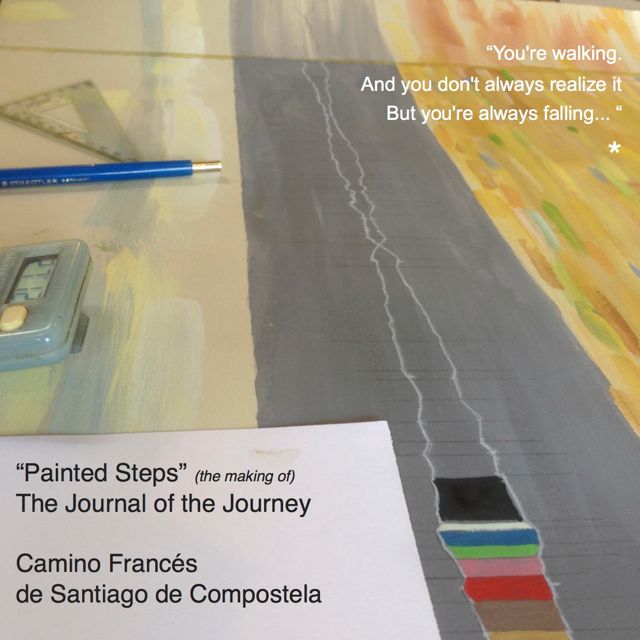 Visíon fantástica o Asmodea - Scale of Space / Scale of Time Thinking of history as the backstory. The really difficult thing about copying Goya’s Visíon Fantástica o Asmodea was not technical. It was coming to feel it’s emotional impact, as I came to a fuller realization of what the painting is about. The composition of Visíon Fantástica is like a twist screw. It’s a vast roller coaster of a landscape with breathtaking shifts of scale. My first impression of it at the Prado was of contrasts; darks, lights, mass, gravity, closeness and distance within the spectacular scale-play of the painting. It’s with that impression that I began my painting. Of course, I knew from Visíon Fantástica’s context as a “Pinturas Negras- Black Painting” that it was ‘dark’. But I found that the significance of the imagery only slowly dawns on you as you figure out what exactly those marks mean that you are trying to copy. As you are painting, the story gradually comes into focus. The terrifying plot unfolds. It seemed obvious to consider this painting in 4 parts: the floating couple, the mountain, the soldiers, the trail of people. Each element seems to have its own scale, to follow its own perspective. In some ways each seems to inhabit its own world. But they fit together, in a particular (Goya) way, with no hint of ‘surrealism’. In this element a man and woman cling together, hovering above the land, isolated in their own ‘perspective’ their own scale, own law of gravity. She is looking off to the left, behind. He, with agonized looks, points to the right, towards the distant mountain. The woman is cloaked and veiled and seems to have pantaloons. Because they are the largest figures, they seem to be the main protagonists. Because they are in ’close-up’ we can relate to them as individuals. I can easily see an escape towards somewhere else. They are fleeing, perhaps into danger, maybe safety, but leaving a lot behind. The painting got it’s name “Visíon Fantástica o Asmodea” from Antonio Brugada, Goya’s friend, colleague and his cataloguer. The name ‘Asmodea’ contains allusions to Hebraic literature, the Book of Tobias, “El Diablo Cojuelo”, a seventeenth-century literary work by Vélez de Guevara, and Classical Greek mythology. In the first Prado catalogue in 1900 it was titled “El Aquelarre” or Witches Sabbath. This is said to be because of some connection between other floating figures and witches in Goya’s work. The work is a state treasure. Are these titles a distraction from a more straightforward interpretation? I don’t know exactly what Goya was thinking, intending, what his personal frame of reference was, and there is a layer of almost 200 years of interpretations through which my personal understanding is coloured. But certainly more straightforward contemporaneous connections can be made. Goya knew refugees. Twelve years earlier the town of his youth, Zaragoza, was besieged and invaded. “It was particularly noted for its brutality”, (wiki) (compared to regular rape/pillage/burn?). Napoleon himself, as well as his armies, invaded Madrid, Goya’s home. I remember the shock of seeing military troops in the streets of Montreal, helicopters landing on the roof of police headquarters across from my school during the War Measures Act of 1970. Compared to Goya’s experience, this was a drop in the ocean. On the Camino de Santiago de Compostela, the ‘Route Napoleon’ signifies the steep, challenging hiking trail over the Pyrenees from St-Jean to the albergue (hostal) in the monastery at Roncesvalles. We forget it’s literally Napoleon’s army’s route for invasion (and retreat) through Spain on its way to beat the United Kingdom in Portugal. In contemporary terms, it’s not unexpected that an artist would express the traumatic events of their life through their art. In terms of European art / history a parallel could be drawn between the structured formations, and splendidly choreographed armies of ‘traditional’ warfare and the court paintings by Goya of royalty in regalia. I could also draw a parallel between the war waged by Spanish soldiers against the French in ‘guerrilla’ fashion, and the personal, emotional and unconventional “Black Paintings’ in Goya’s home. The ‘events’ of the years 1808 to 1814 when Goya was in his 60’s have many titles, in various foreign and Iberian languages:
The more I research the more complicated it gets. To get to the bottom of the contradictions, discrepancies, simplifications, mistaken facts, is a lifetime's work. So many points of view – the only unifying factor - horror! The poetic ‘big picture’ composition of Visíon Fantástica o Asmodea is easier to face... at first!
So exhausting writing about it. This is where Art will take you! I’ll just keep going, slowly, on track, like walking the Camino when it gets hard. Thankfully, no army is chasing me. Buen Camino! It’s time to add another Goya painting to Painted Steps.I’m thinking about the 14 Pinturas Negras, the so-called Black Paintings that hang together in the Museo del Prado. Goya had originally painted these images on the walls of his own house on the outskirts of Madrid. He painted them between 1820-23, after a sickness had left him deaf, and before he fled to Bordeaux. (Coincidently this house had previously been named Quinta del Sordo (House of the Deaf Man). Fifty years later the murals were transposed onto canvas, ‘restored’, and given to the Prado Museum. I got to spend time in the Black Paintings room in the Prado on three separate days. I’m considering choosing one of the 3 big “landscapes” from the room. These are horizontal canvases about 4ft x 12 ft. (1500cm x 400cm). The choices are: Two giant men, seen from the knees up, whacking each other in turn, a dance of gods? Or The one with the castle on the hill, the two floating figures and the French soldiers tucked into the right bottom corner, Or the Four Fates? Impossibly floating, thick, ugly, relentlessly brown, each holding an apparently symbolic object; scissors, a manikin, a magnifying loop? What to choose? All three are vivid in my mind. The first two stand out because of their lovely colours -blues and golds. I want the blue colour. It’s a bit of relief and hope in that room. It’s possible that the colour was actually added as a touch-up in the reconstruction process, after the paintings were peeled off the walls in 1874. I can understand why. Visión fantástica o Asmodea I‘m choosing “Visión Fantástica o Asmodea” the one with the big blue hill and what reminds me of my favourite magical element, a flying carpet. I will place it in the space to the left of the “Royal Family of Charles IV’ (still unfinished). It will not be fitted into the height of the space, but will be "floating" or ‘pinned’ into the space available. 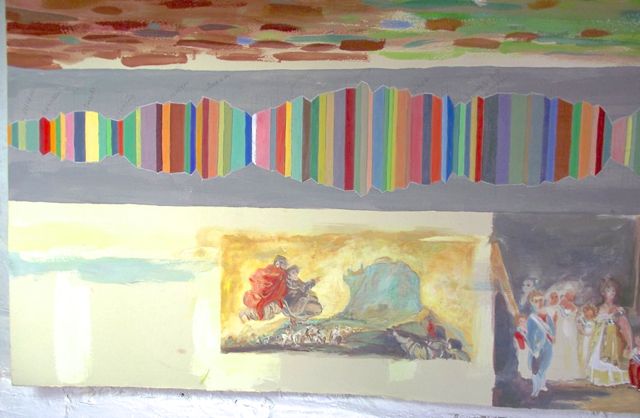 I paint from a reproduction in an art book and from a digital reproduction on the Prado website. I did a couple of pen sketches to get a handle on the basic scale, shape and values.  Gouache is a surprisingly plastic medium. It dries quite quickly like water-colour, but because it is water soluble, it can be blended on site. It can be layered in washes and also painted on opaquely in blocks. I can make tiny strokes, or feather over textured layers in an effect reminiscent to intaglio printing. After a painting session, the unused gouache can be left on the pallet, waiting for next time. It needs only to be briefly re-wetted. So rather than starting from scratch, with a pallet of pure colour fresh from the cake,(tube), I re-enter the process each session with a range of ready-mixed colours and tones. I love it! It’s so direct! (compared with etching). The place on Painted Steps where Fantástica is painted has bare paper as well as strokes of yellow, gold & blue gouache, the structural gestures I painted on the first day. These pigments were mixed with white glue and so are fixed- water-fast-won’t blend into the over painting. You can faintly see the marks through the picture. In contrast to the opaque quality of gouache, they give a slight ephemeral quality to the image. Rather than starting with pencil sketch as I did with the Royal Family, I’ll work with a version of imprimatura method, the composition first blocked out in terms of tone as a scaffolding for the specific representations/details. I put on the timer and paint in 30 minute blocks. I struggle to capture the qualities of the Goya painting and win some/ lose some. – I achieve clarity and detail at the expense of the ephemeral quality of the mountain. Best I can do but of course I miss the emotional impact of the painting …the fragility of hope, perhaps.
So I have to think about what I am trying to achieve with this painting? First, it’s painting as a noun. A painting. It’s a souvenir -“See what I saw”- like a post card. It’s not a copy in the sense of faithful reproduction, but certainly close enough to be a reminder of the actual painting. Why not just clip in a photo? Because, secondly it’s painting as a verb. To paint. I’m using the act of painting to really explore the original work, to look, to see, to notice and notate as best as I can what I can see. My painting is act of transposition, re-construction, like singing along… learning the words to a song. I am trying to really listen (see) to what Goya is saying, to really see what he is showing, to grasp what he is evoking. Painting /drawing, is a great way to examine an object. To paint is to use the brush as finger, touching, and tracking with paint the accumulated knowledge. The snapshot would record what’s there, what it looks like, what the camera sees. It’s passive. To paint/ draw is to record what you found/saw. Being active. In the years between his birth in 1746, making these paintings 1820-23 and before leaving Spain for Bordeaux in September 1823, what had Goya seen? I’m not trying to copy the painting as artifact but to walk a little in his shoes. It’s a walk that haunts me during the two weeks I’m working on the painting. !Buen Camino¡ **************************************************************** Addendum Laurie Anderson * “I wanted you. And I was looking for you But I couldn't find you I wanted you. And I was looking for you all day But I couldn't find you. I couldn't find you You're walking. And you don't always realize it But you're always falling With each step, you fall forward slightly And then catch yourself from falling Over and over, you're falling And then catching yourself from falling And this is how you can be walking and falling At the same time” As with any modern journey, photography plays a big part in the making of Painted Steps.A picture's worth a thousand words A picture tells a thousand lies The truth lies in perspective. The actual painting of the Cometa Roja, red kite, is only 2 inches square, a small addition to Painted Steps, but it can activate a much larger space giving the sensation of distance and speed. One of my basic rules for Painted Steps is that all the little pictures (icons) have to be of things I actually saw. The pictures are painted from photos, and mainly from my own photos along the Camino. In Painted Steps, I've used photography in a number of different ways. The photos I took along the way are snapshots. Their intent was to store and carry information, to transport ‘evidence' of being there. They are souvenirs, aide-memoires, notations, a reminder for later. But as Painted Steps has progressed I’ve found the need to use photography to capture the stages of the painting of my pictures, to use photos as tracks in the sand. I seem to need to show the trail from where the painted image comes. And then an unexpected development has cropped up; using photography to create new narratives, delineating relationships between the icons, and between the icons and the ground. Photography creates another layer of mediated experience, from looking at a painting about an experience, to looking at a photograph of a painting about an experience. The photo has made decisions for you, edits your experience of seeing Painted Steps. The camera is an intermediary, expert at creating new relationships, contexts, generating new illusions, tales, and excitement. It’s all a question of perspective, point of view. The photo is a vehicle for showing what the photographer has seen, to encourage you to put your attention on certain things. The language around these photo technologies has become metaphorical. To focus on…To frame a topic… To contextualize… To expose… The camera can seem to deliver, to bring things close to you, or to take things away, to distance you. Slow Travel, Slow art, Slow down thoughts…
To think thoughts out clearly, I need the mediation of physical media. Unlike words, mediums with physical properties make demands of specific space, time and place. Things need time, things need place. Things make demands according to their inherent nature and the forces moving them. So I etch, paint, draw, construct. The rapid shape-shifting of thoughts and words is slowed down in the mediation and transposition to the physical world. It helps me keep on track, stay focused. The Camino is the perfect metaphor. The rules or terms of engagement of my painting are being evolved as the painting is made; the path is created by my going there, my taking the Journey. BUT How lovely that the Camino path already exists! Slow Travel, Slow art, Slow down thoughts… Like the Caracol…and the Cometa…. ‘Addendum’ "Telling the truth creates fiction. The cartographer is thus constantly making judgments about what to include, what to leave out and what to show in a slightly incorrect place.” This issue assumes importance as the scale of the map gets smaller (i.e. the map shows a larger area) The absolute positions of major roads are sometimes a scale distance of hundreds of meters away from ground truth, because of the overriding need to annotate (point out) features."
|
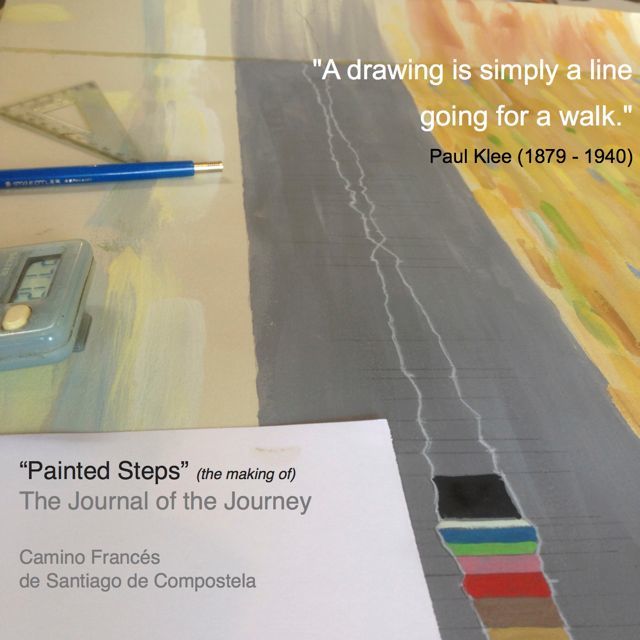
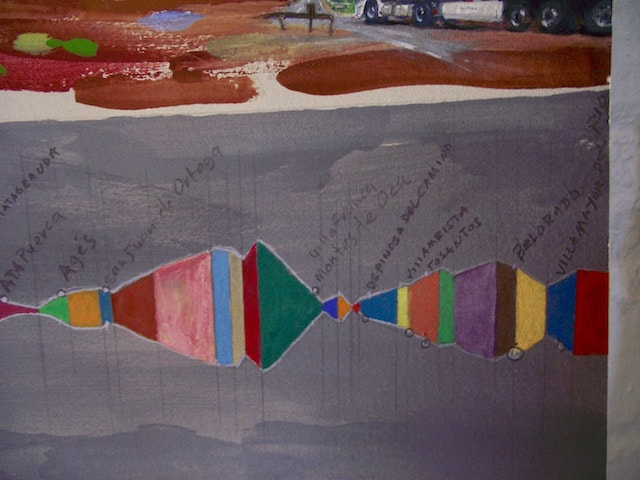
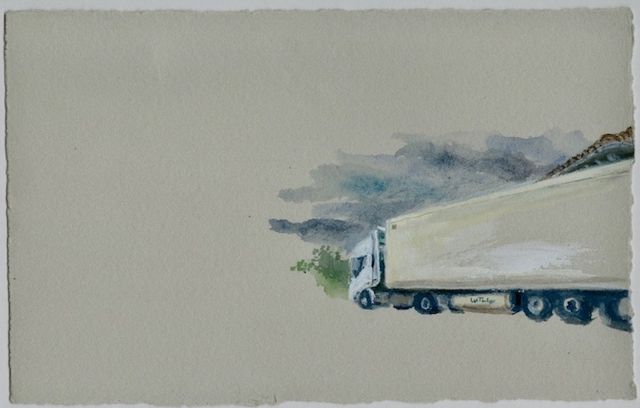
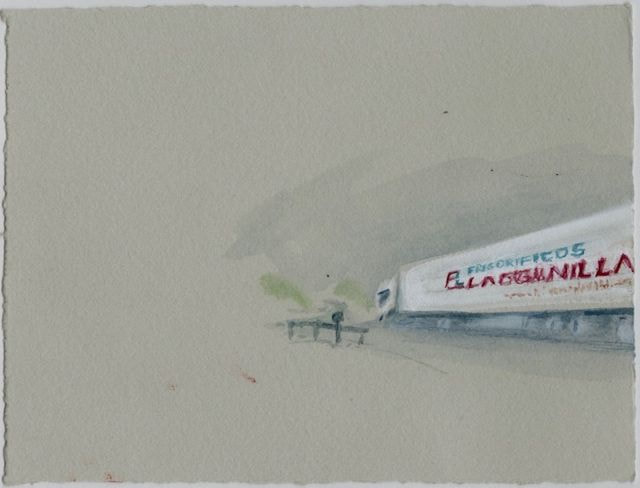
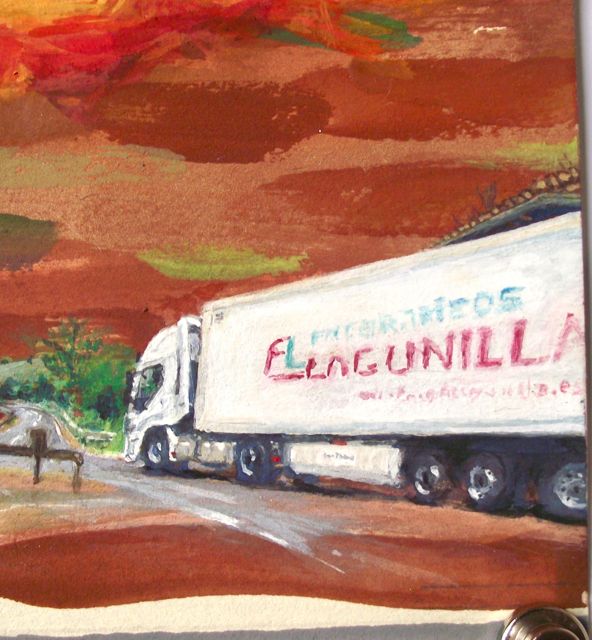



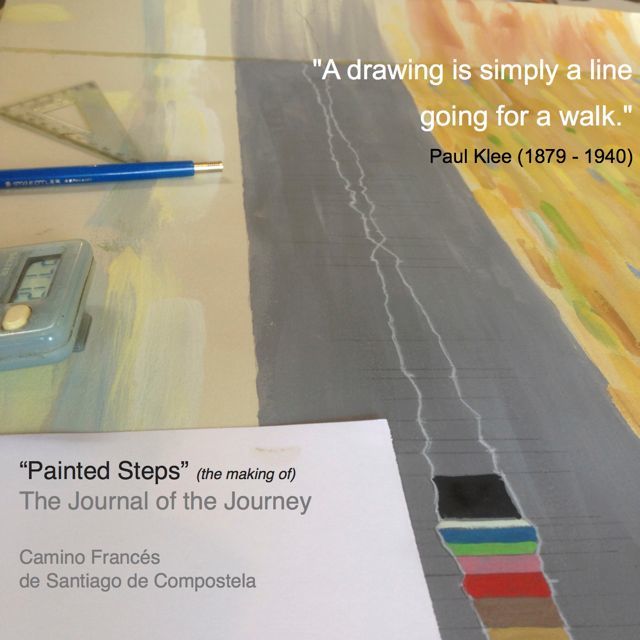
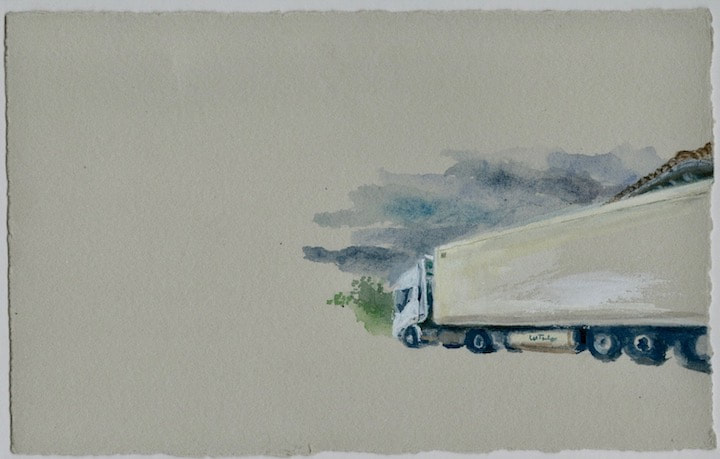
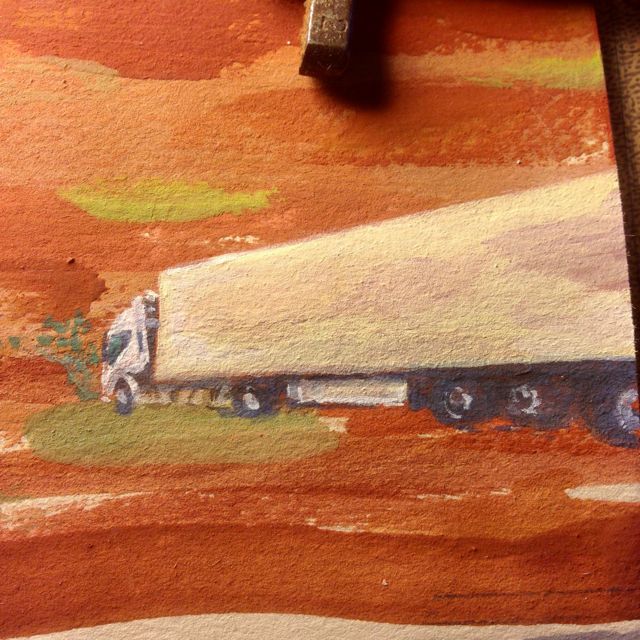

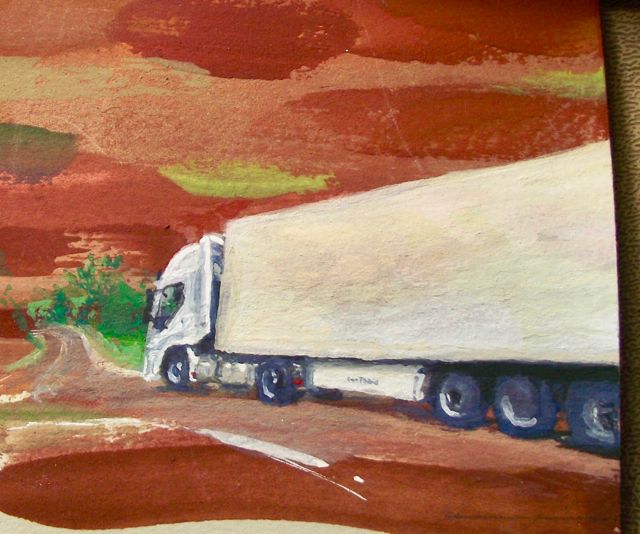
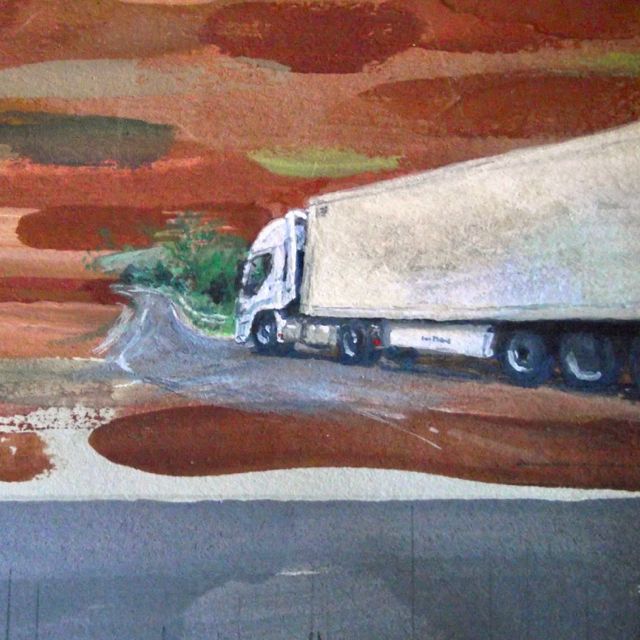
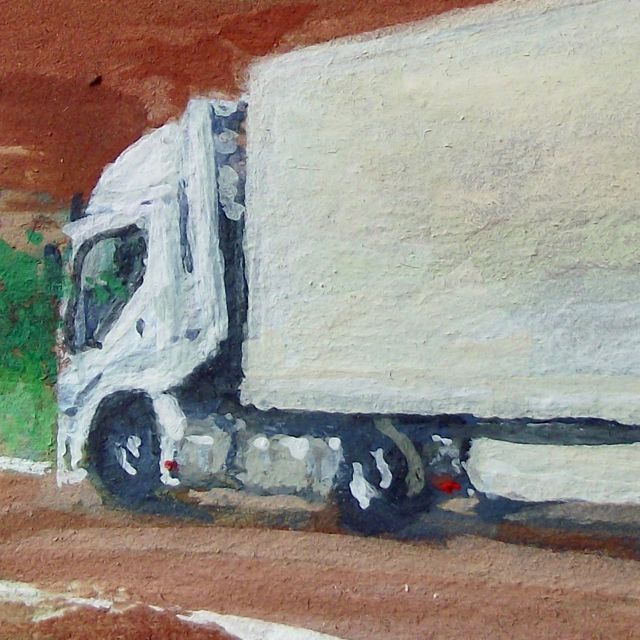
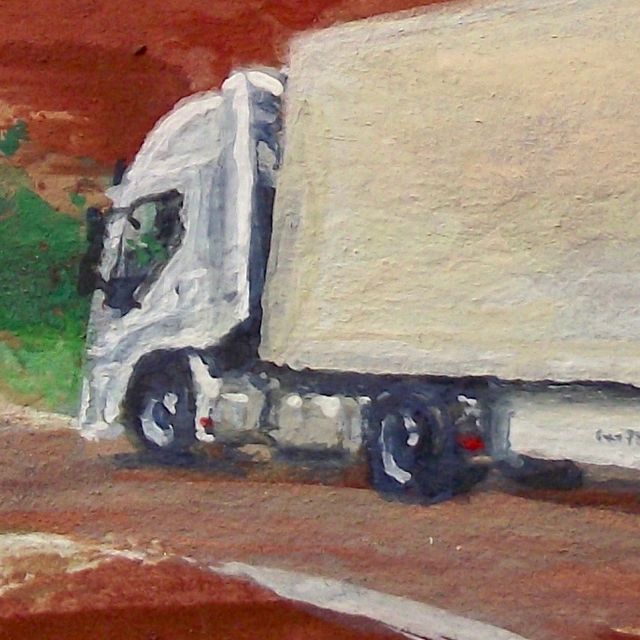
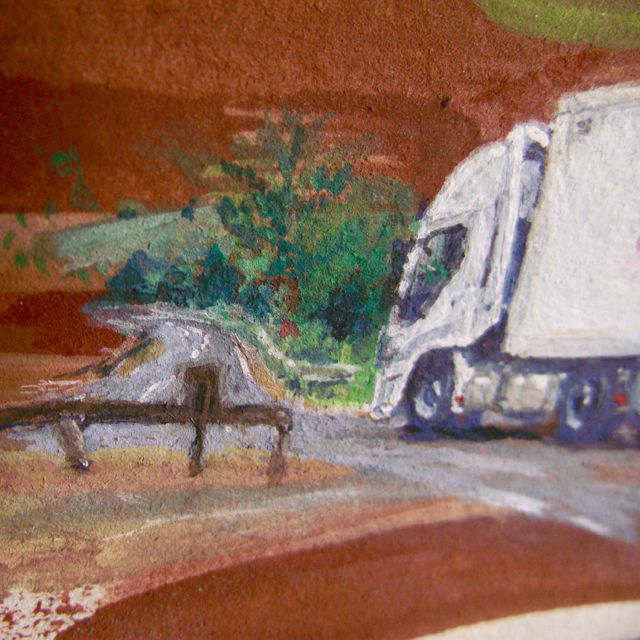
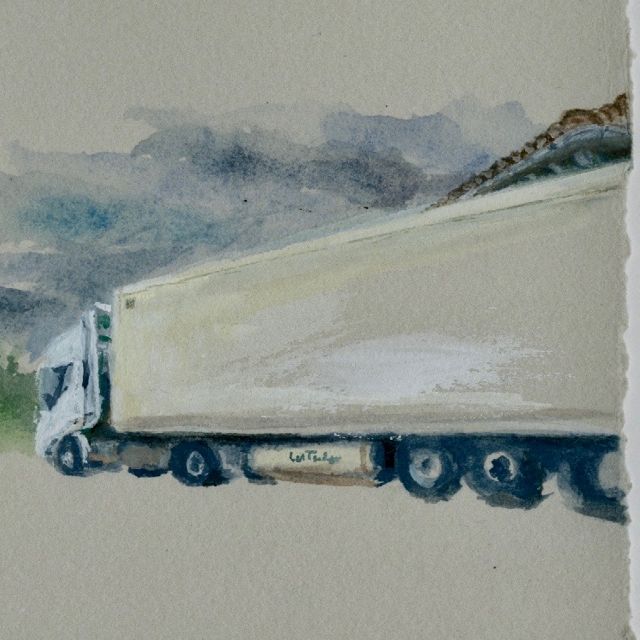
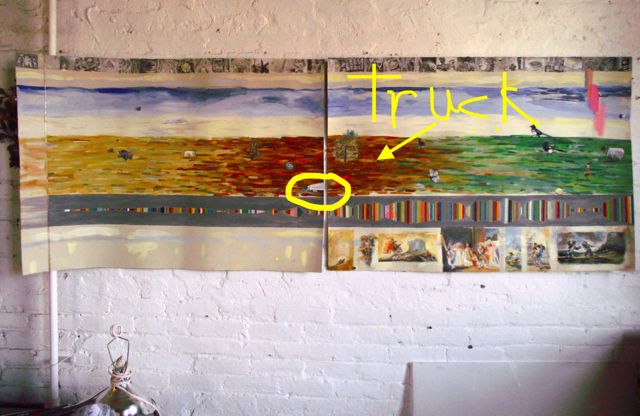
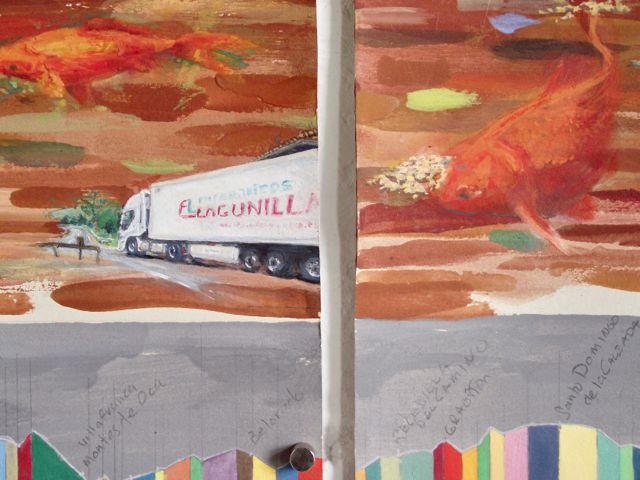
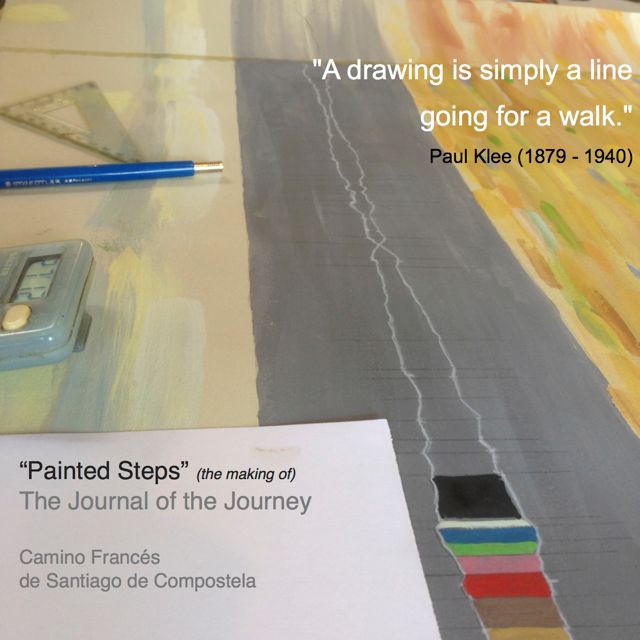
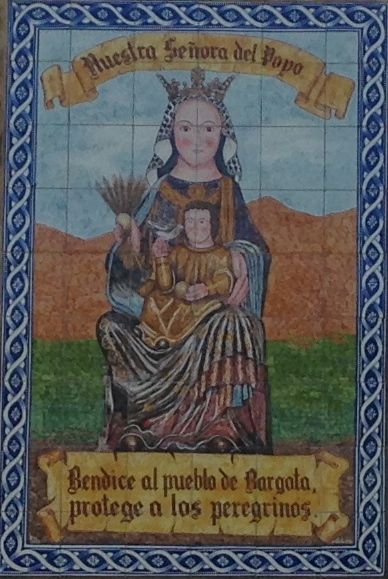
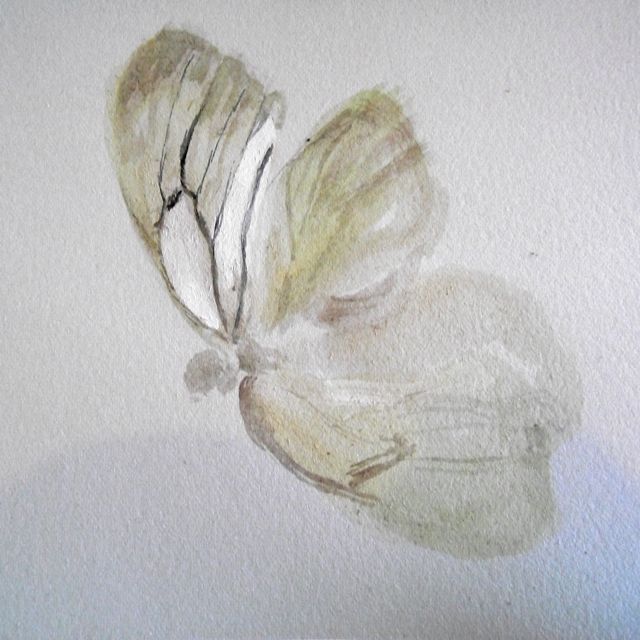
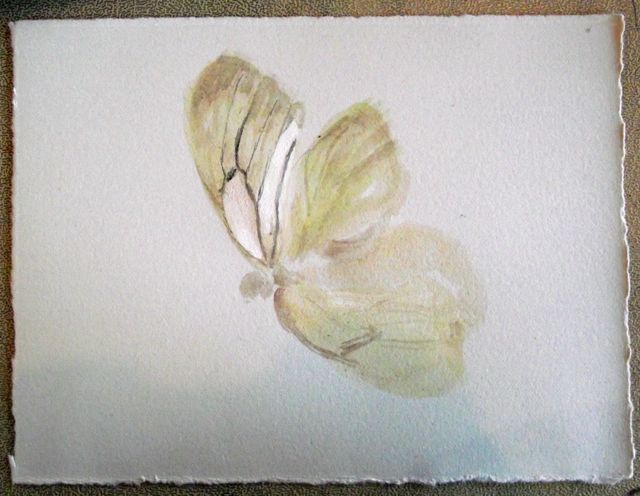
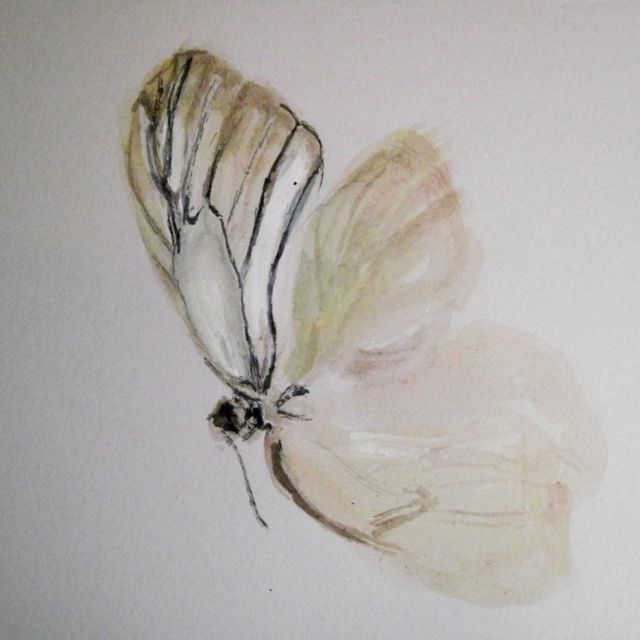
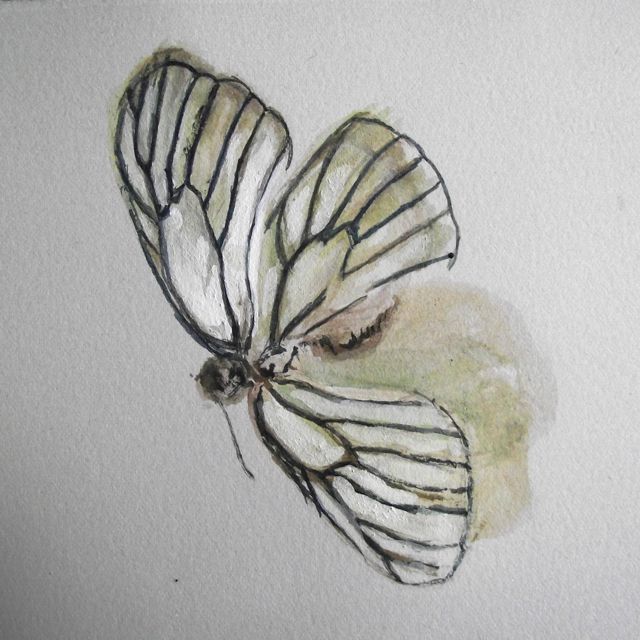
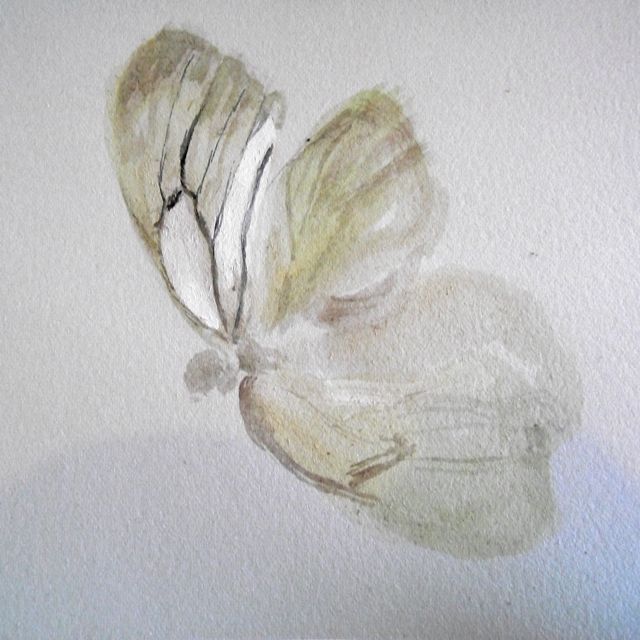
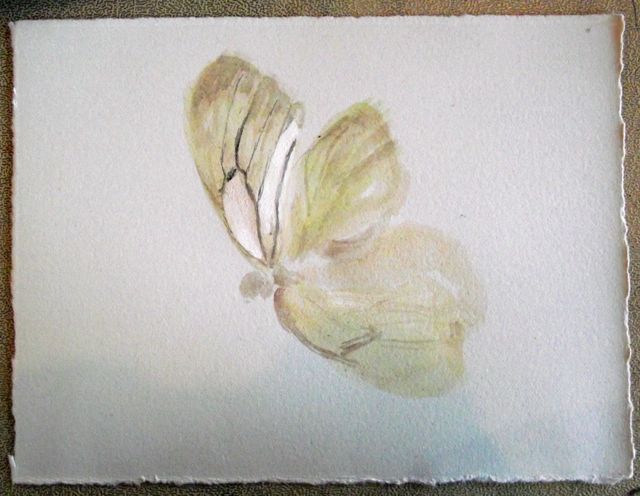
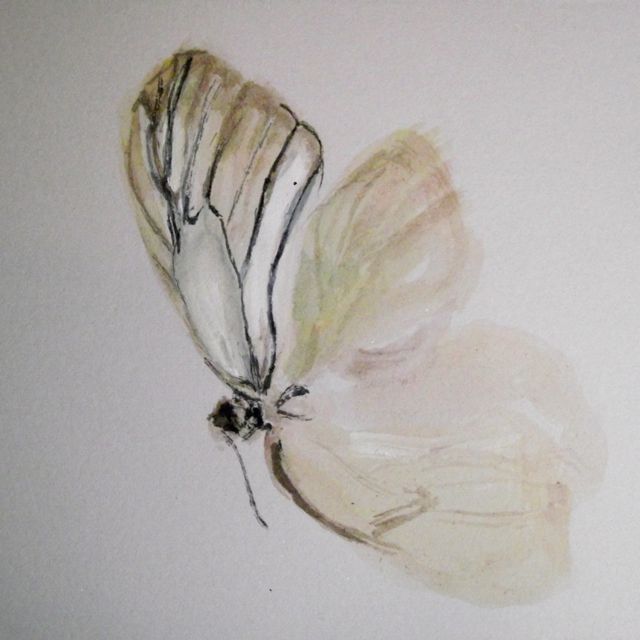

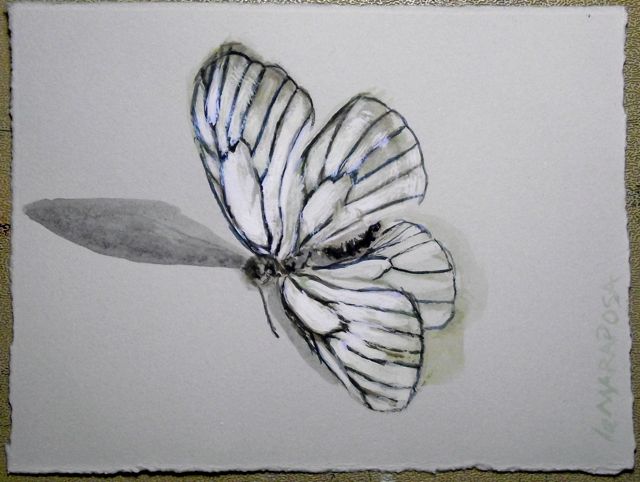
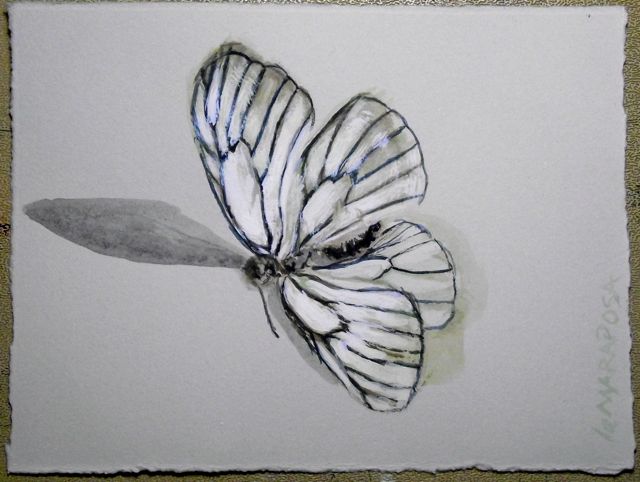
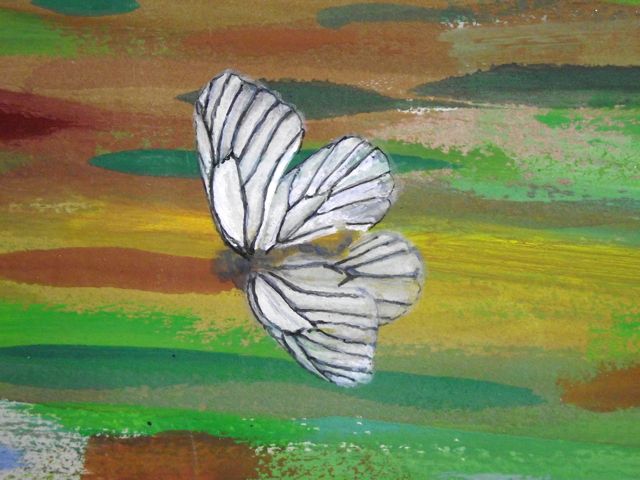
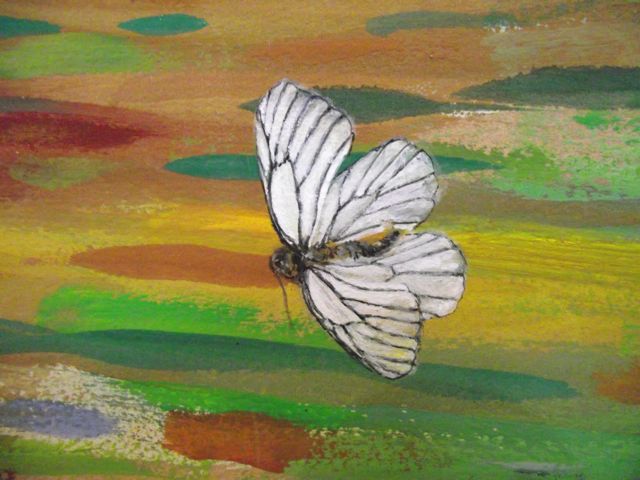
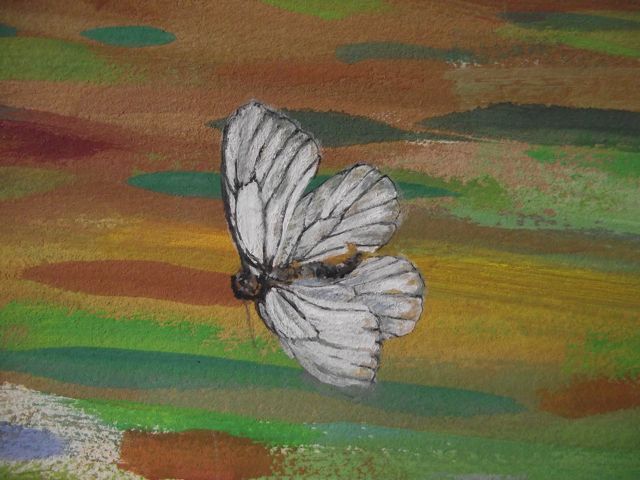
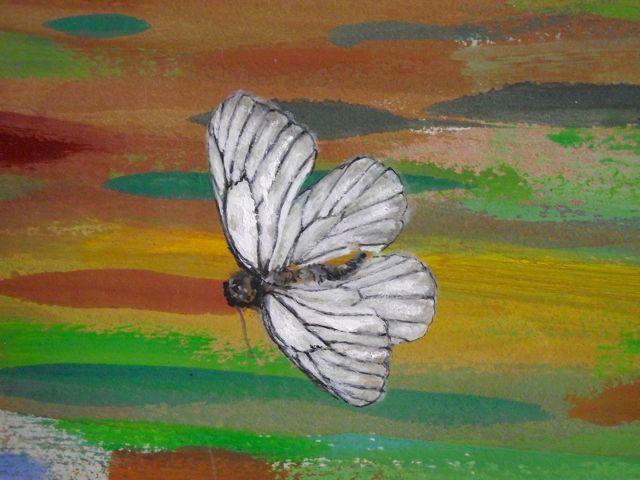
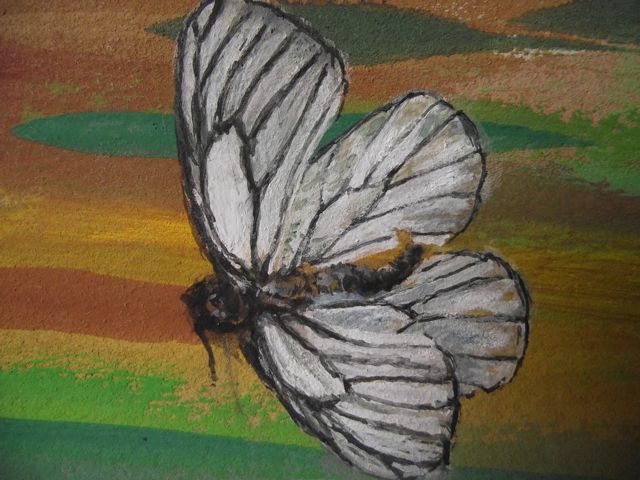
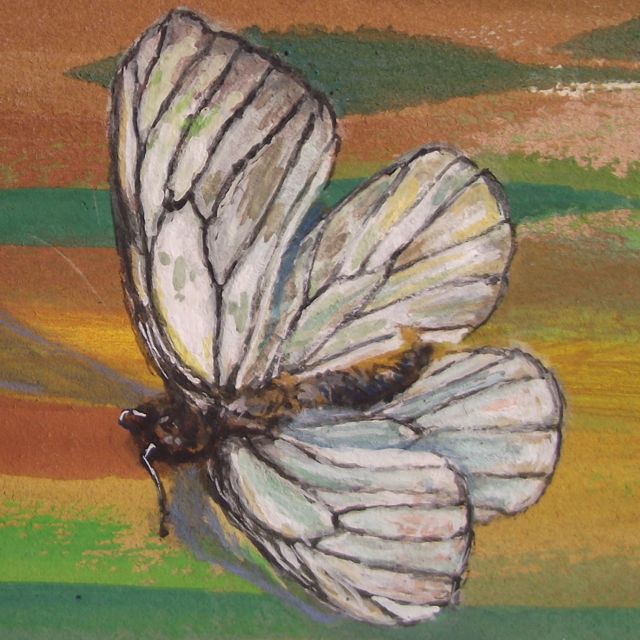
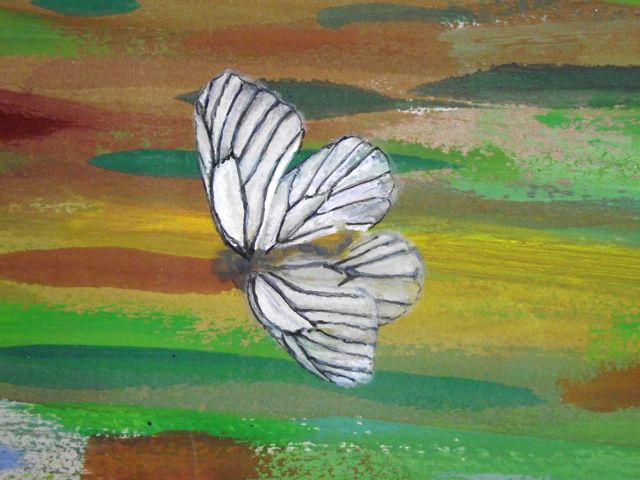
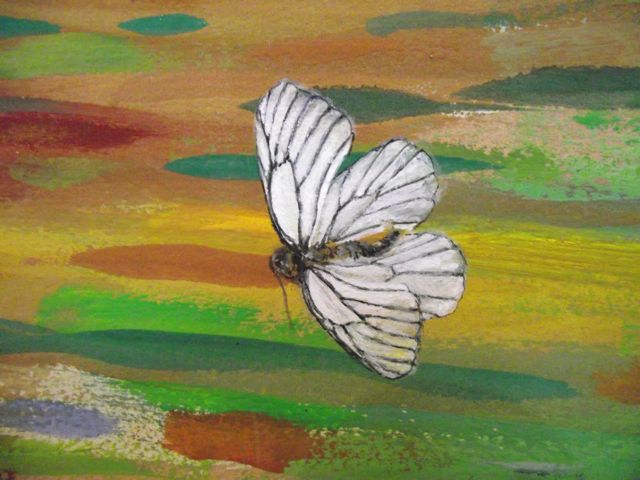
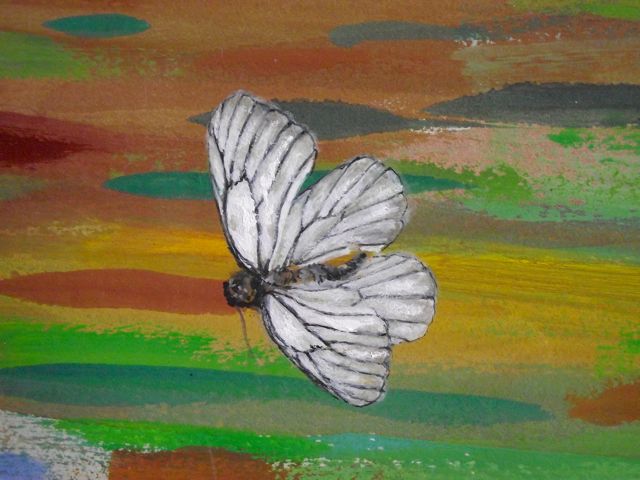
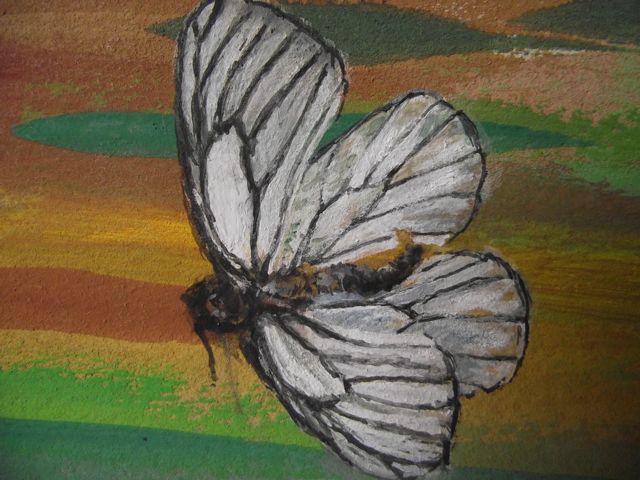

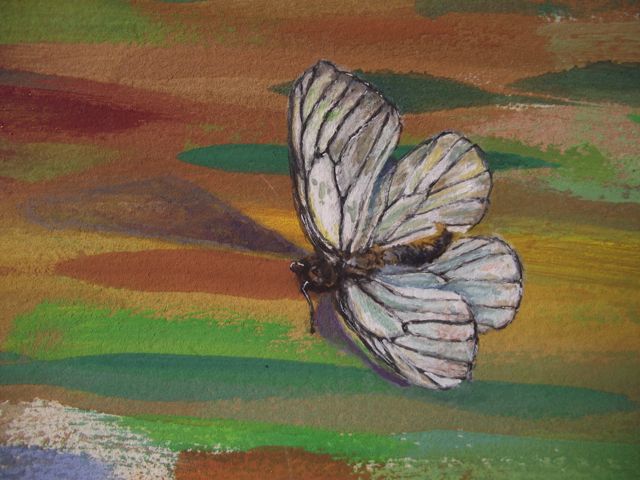
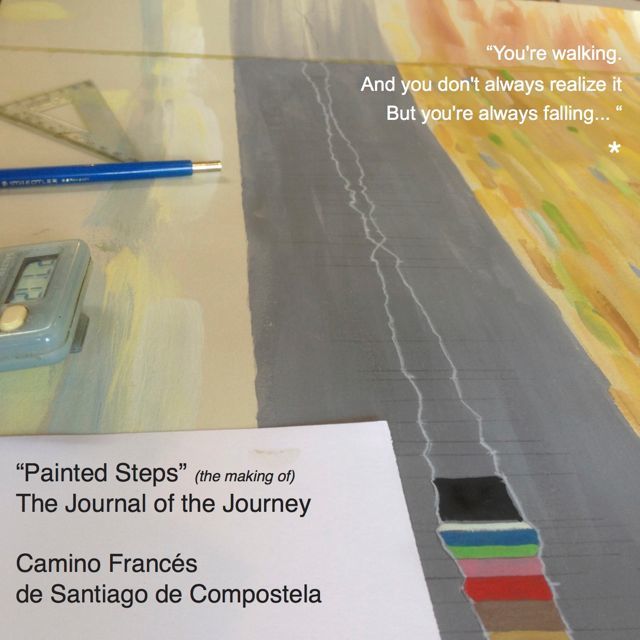

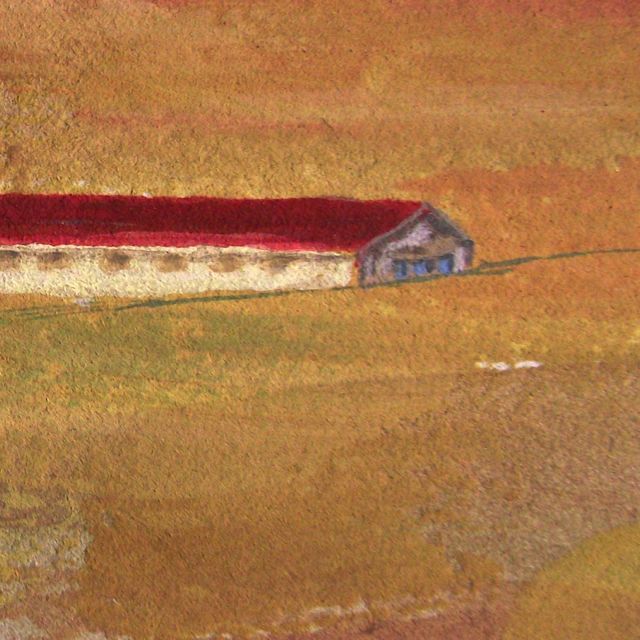
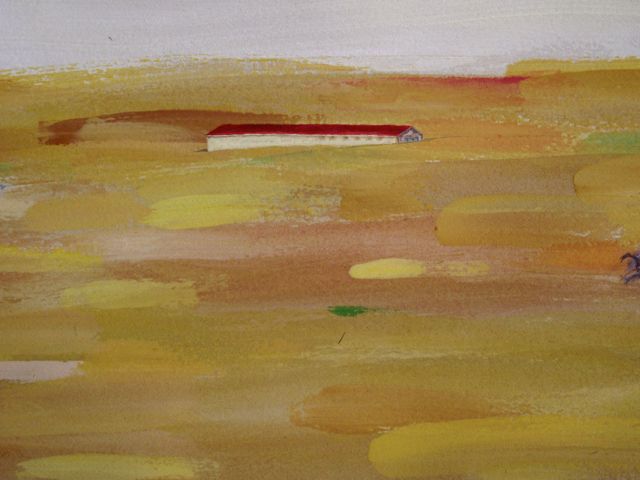
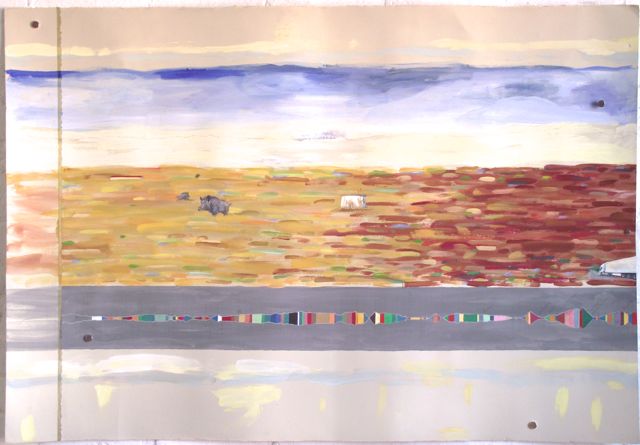
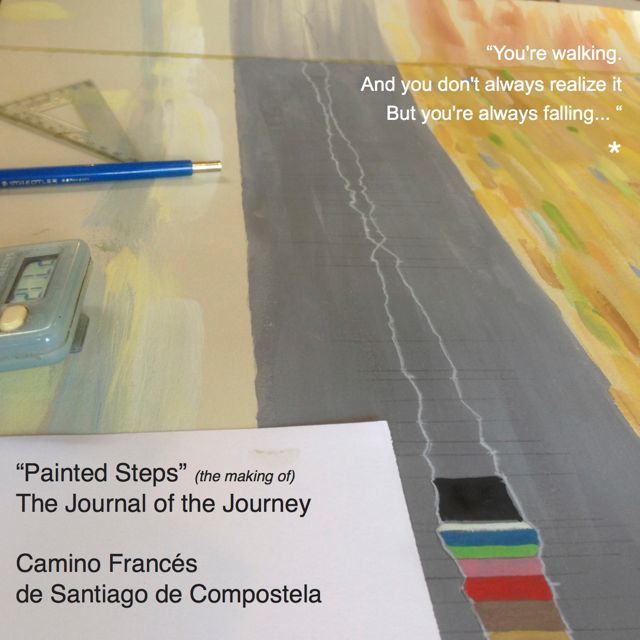
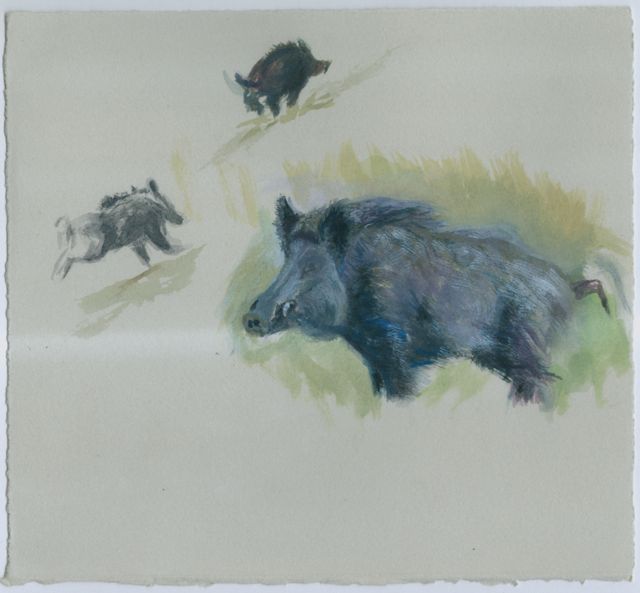
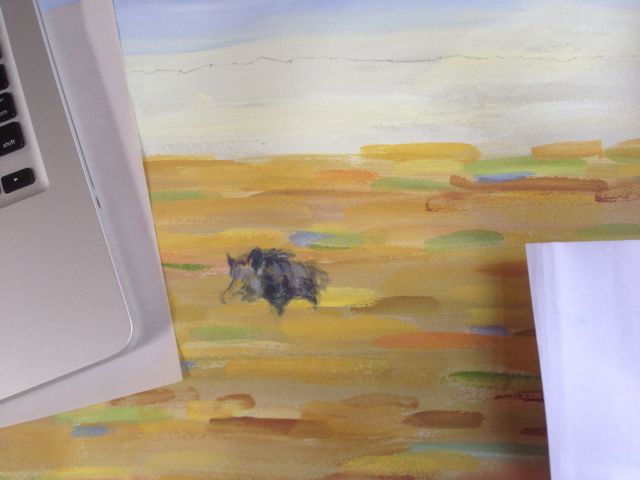
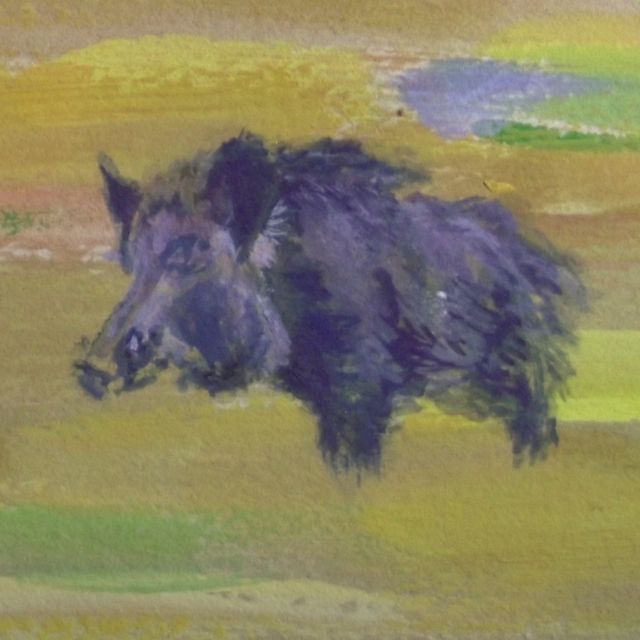

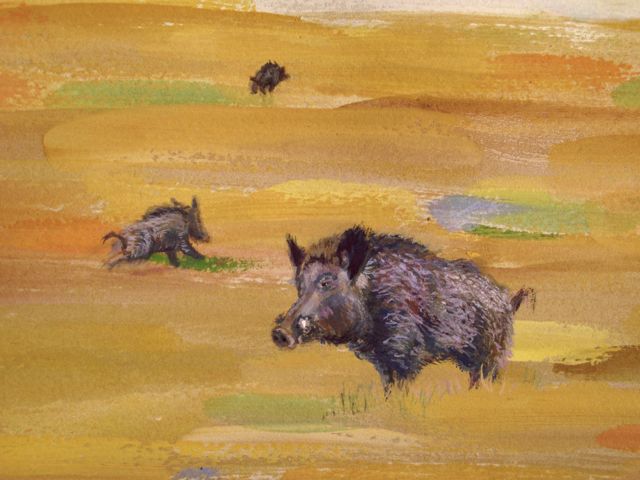
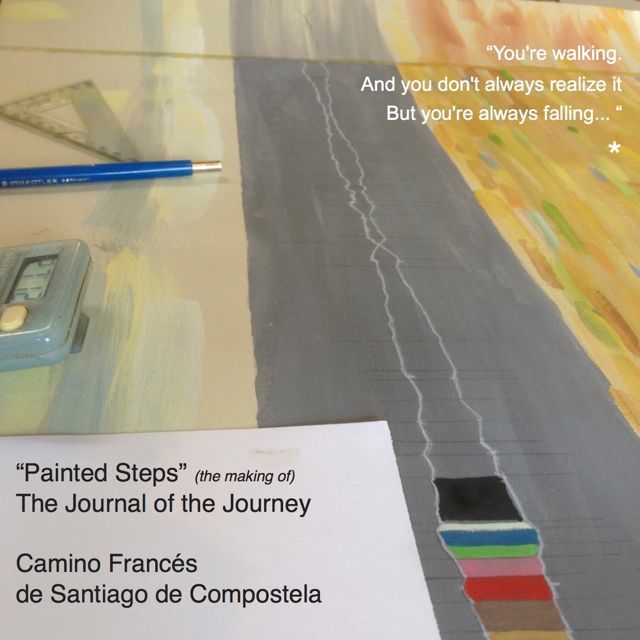

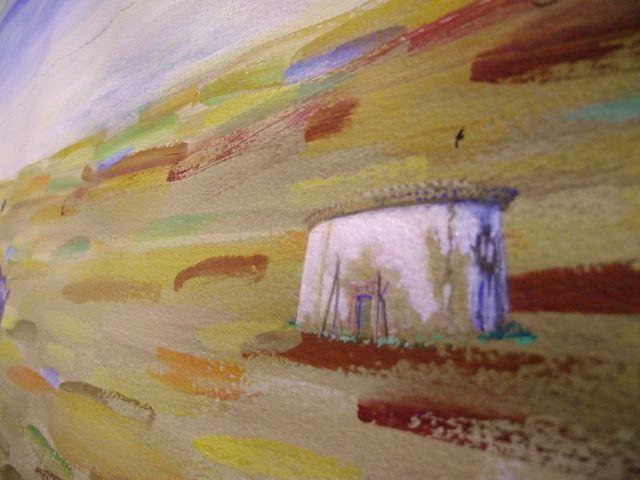
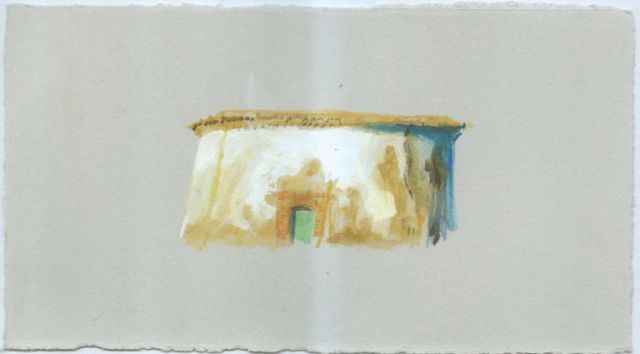
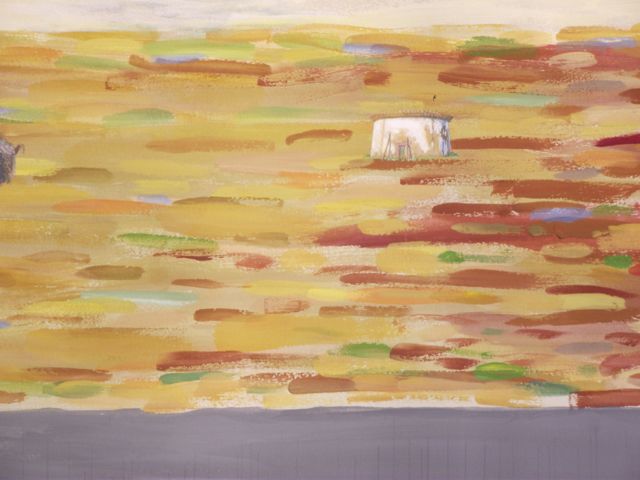
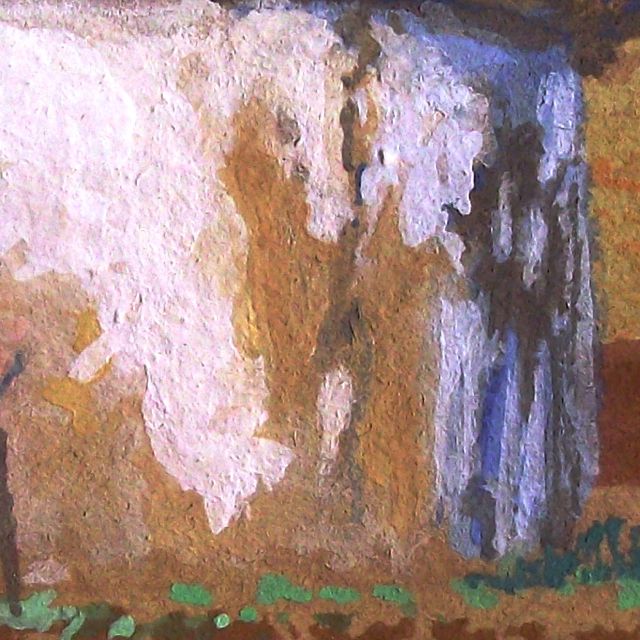
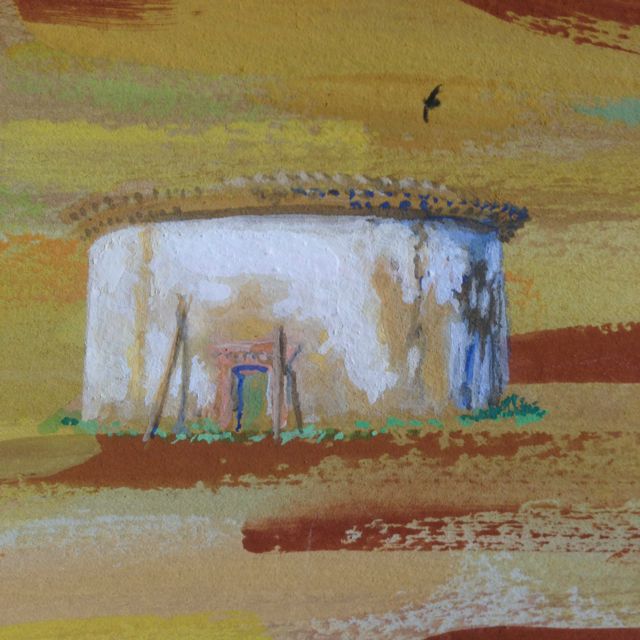
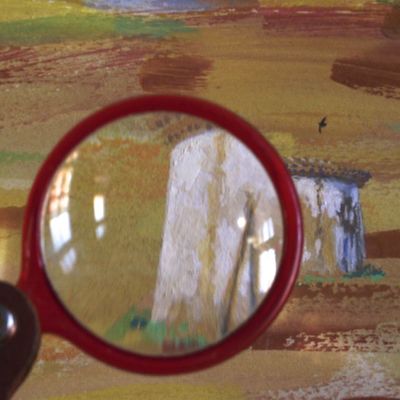
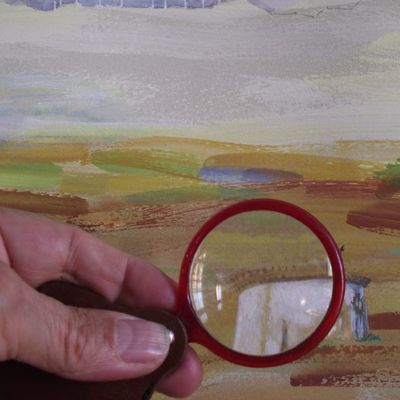
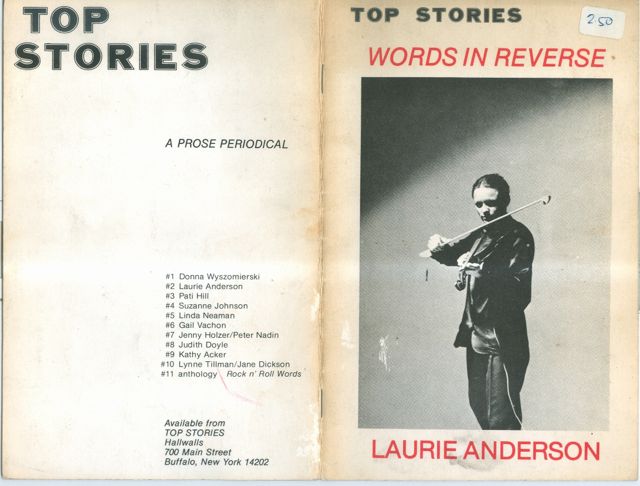
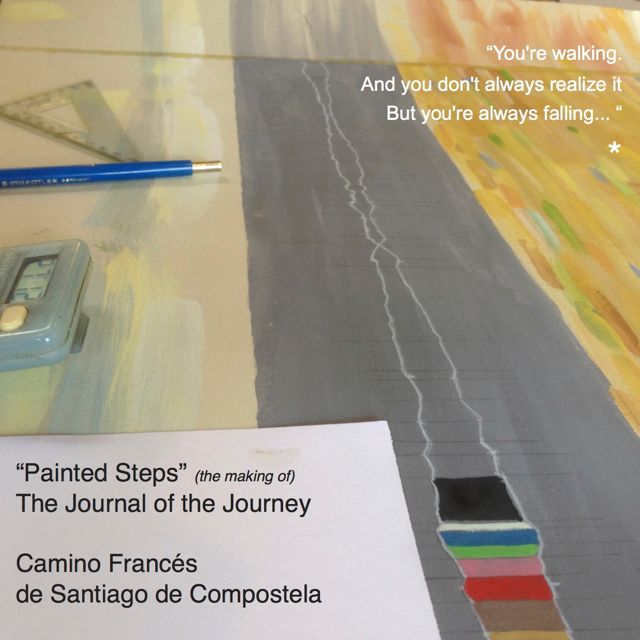

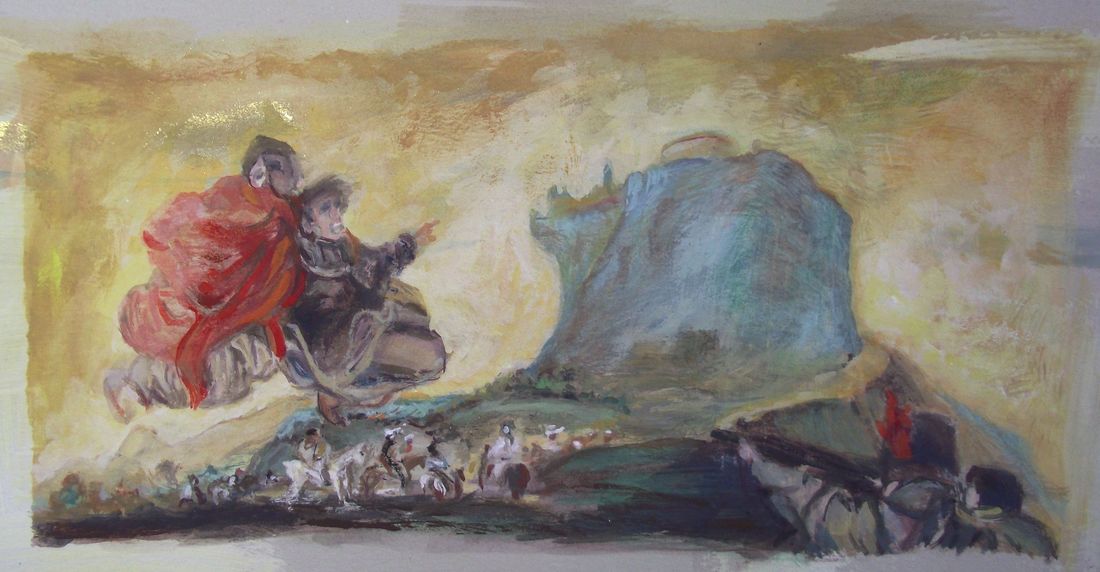


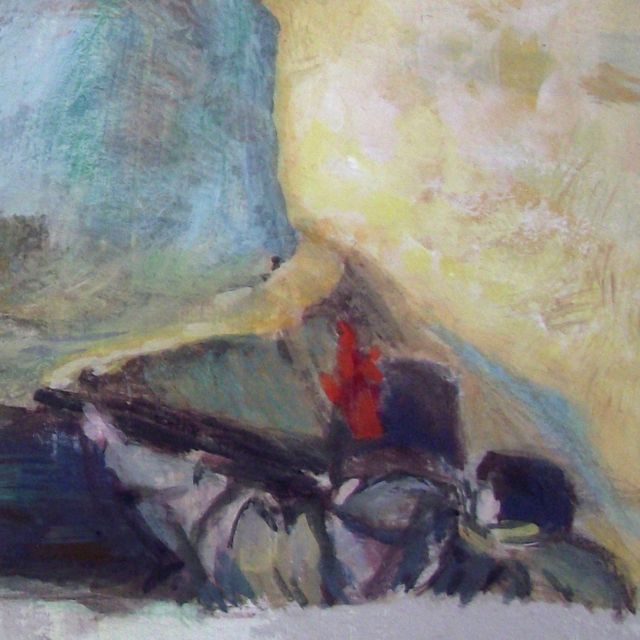
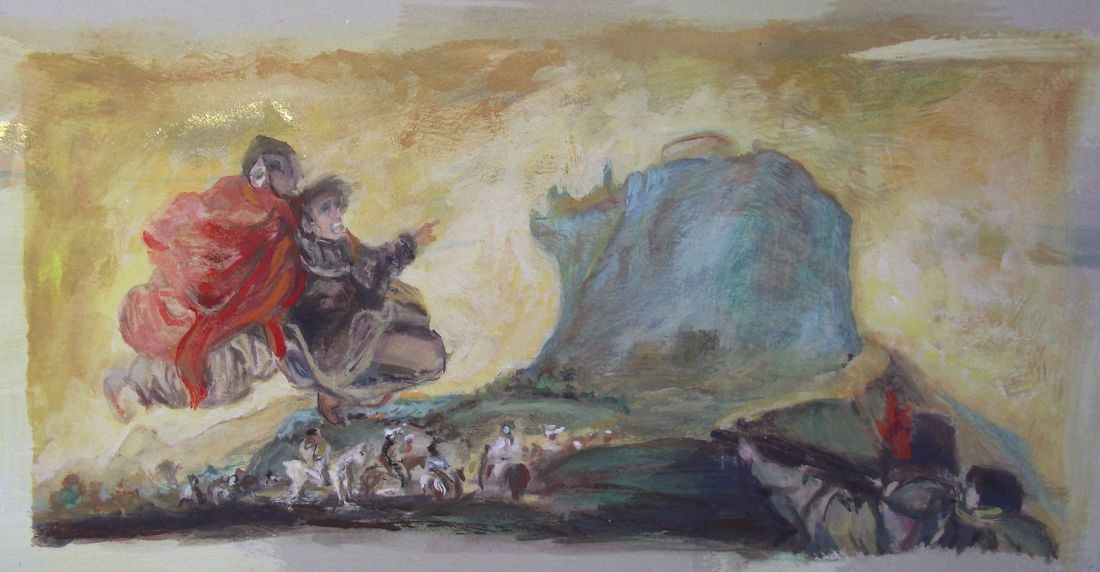
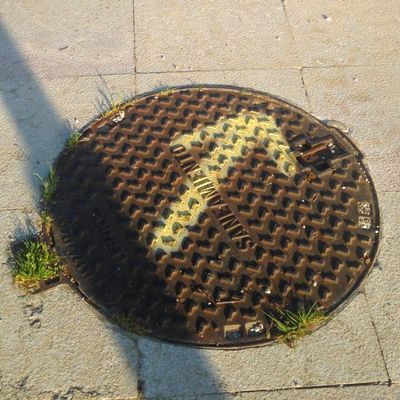


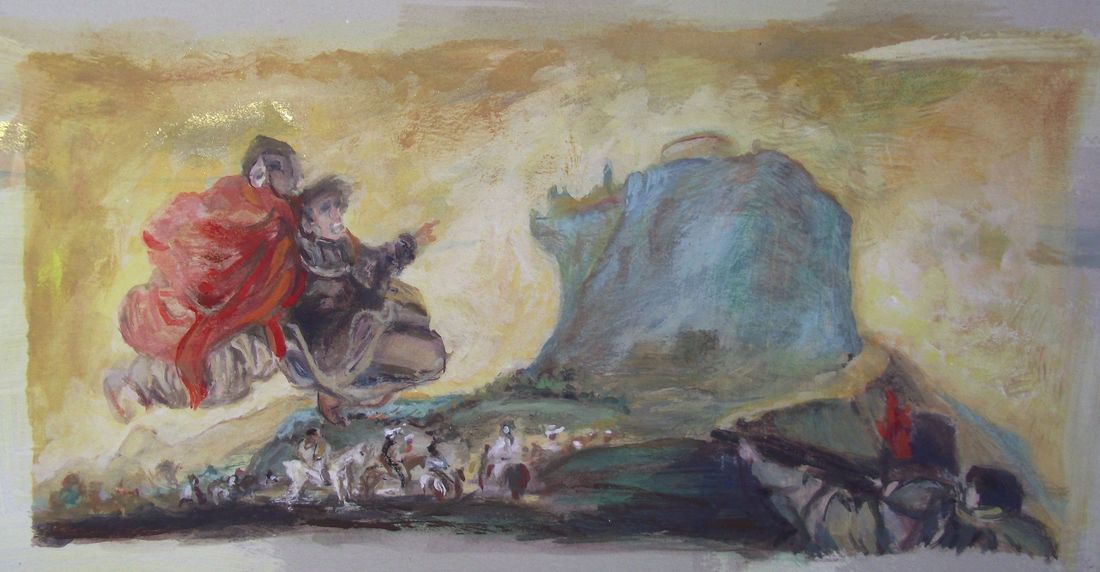
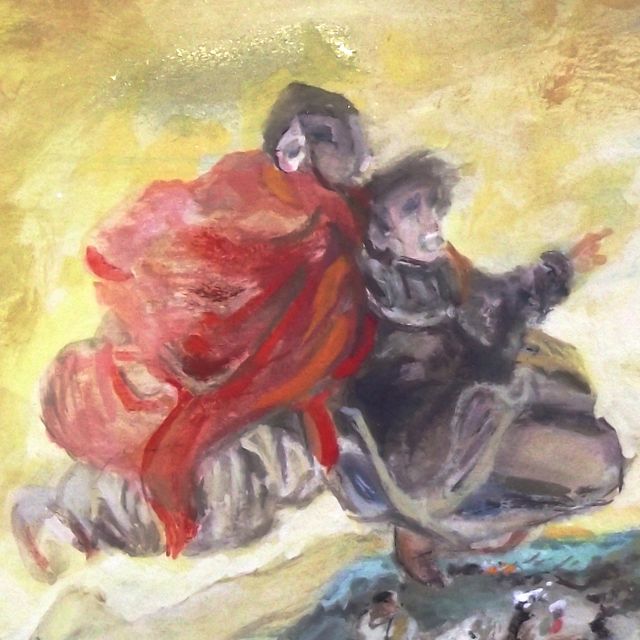
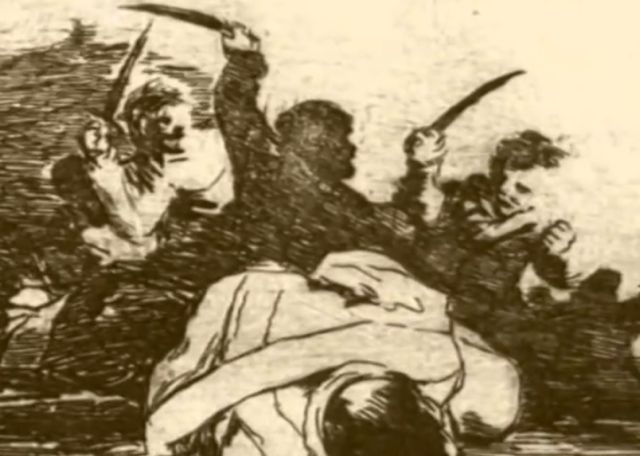
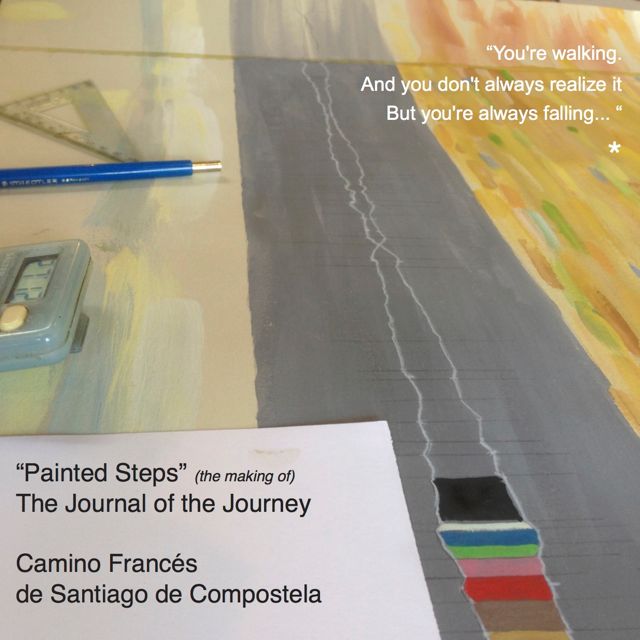
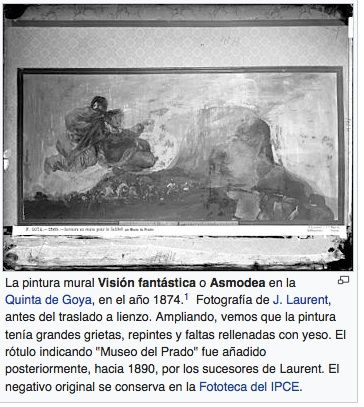
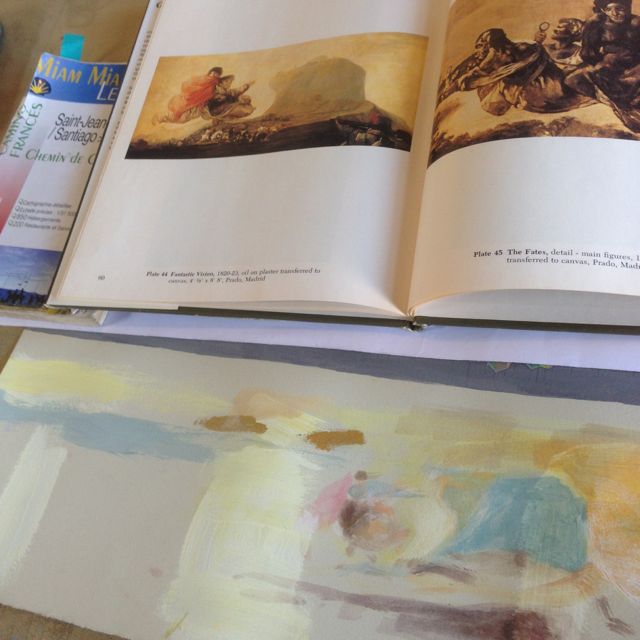
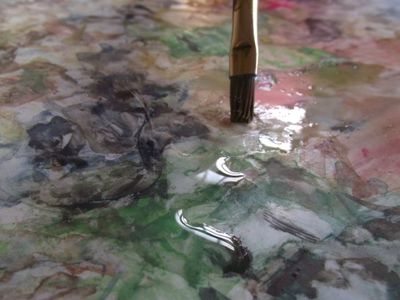
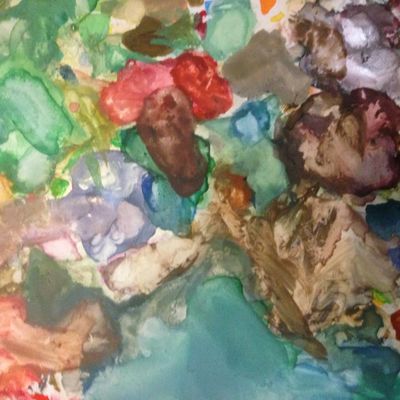
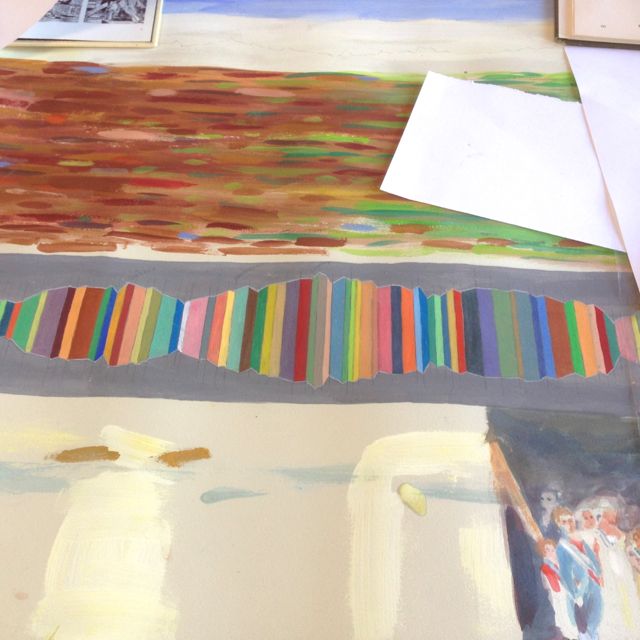
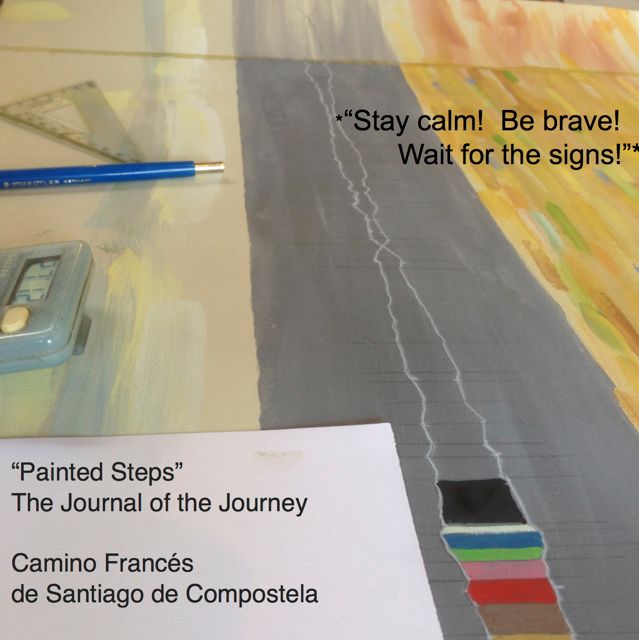
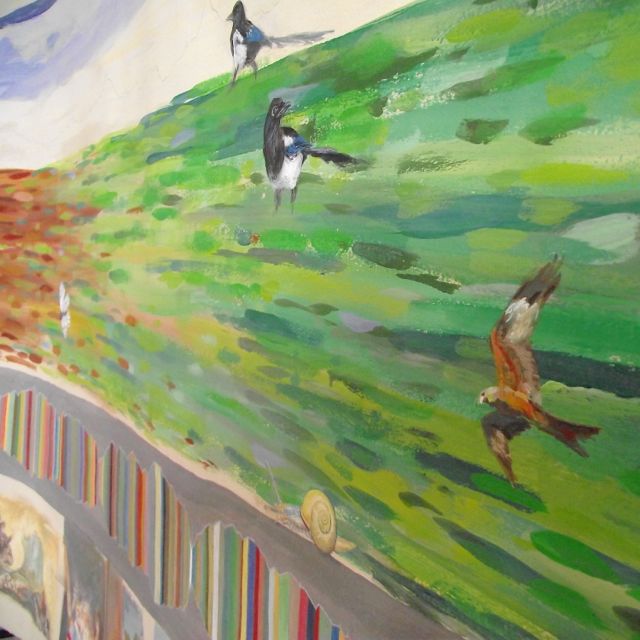
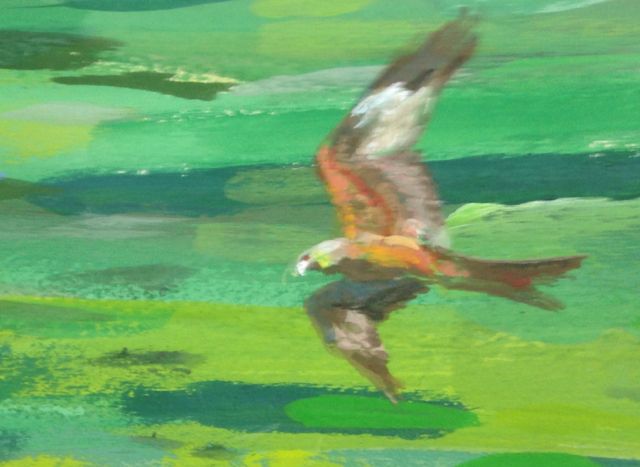
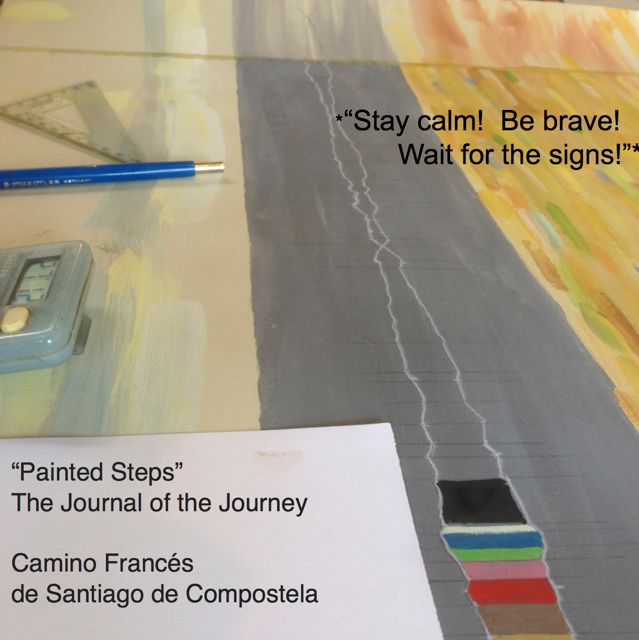
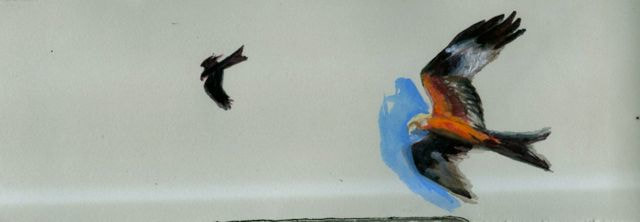

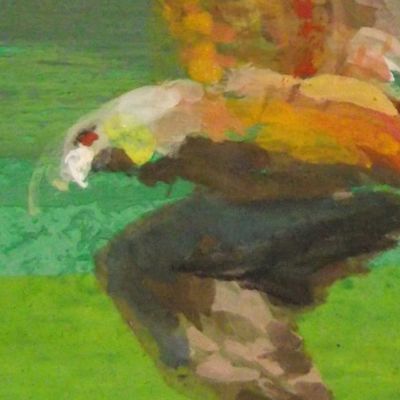
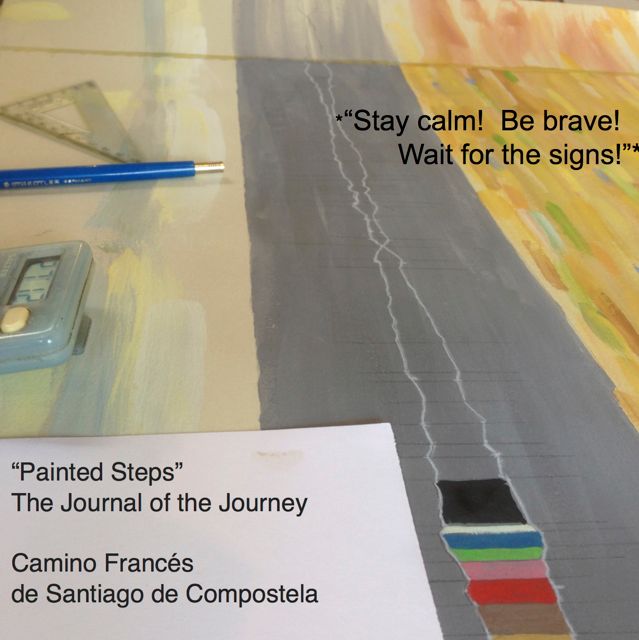
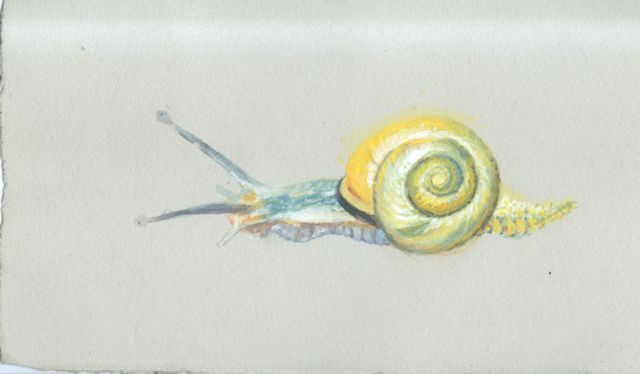
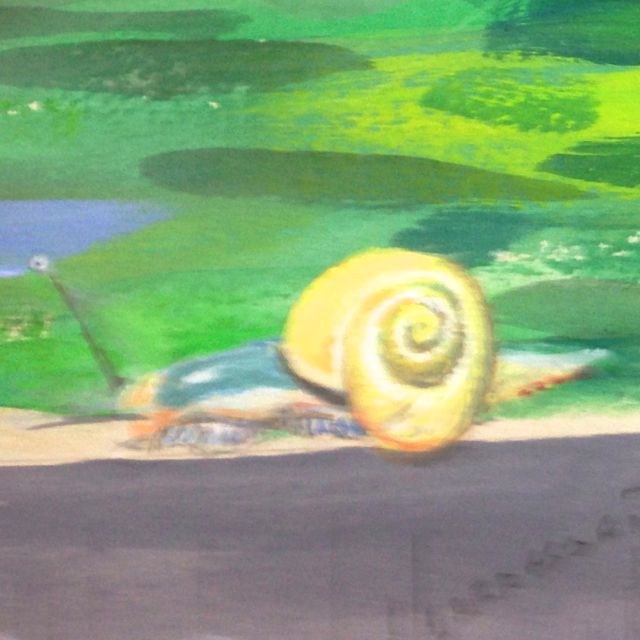
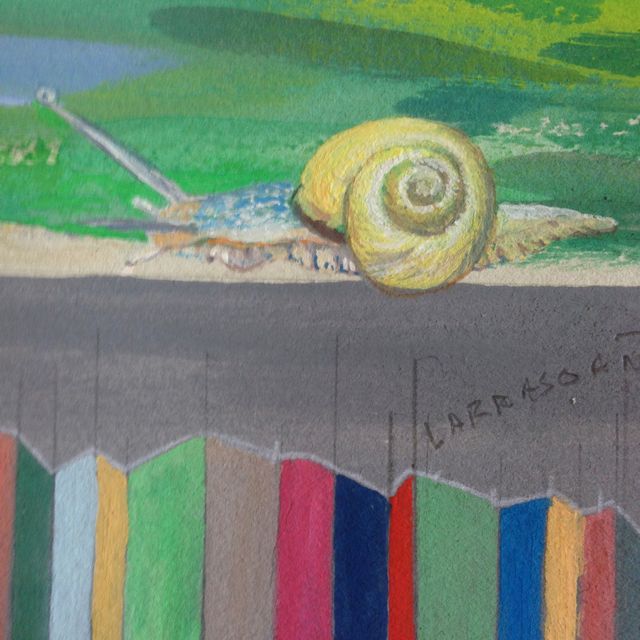

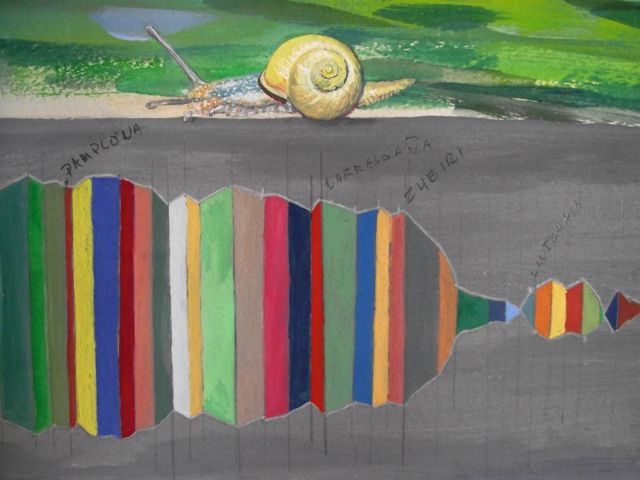
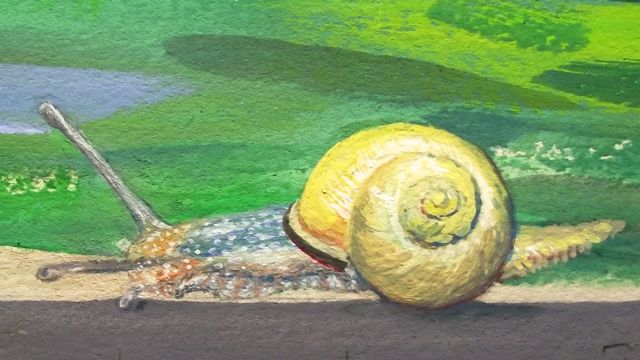

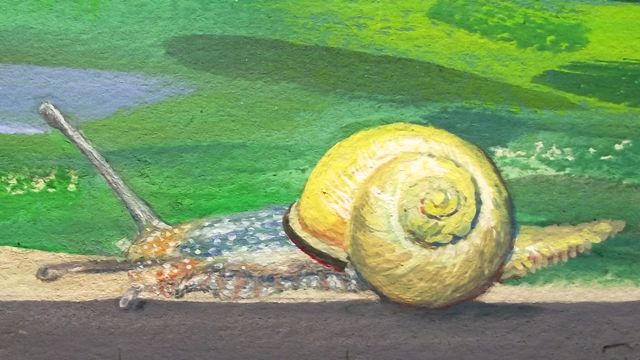

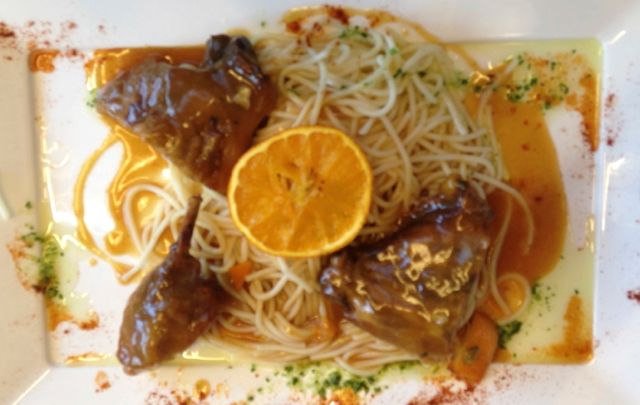
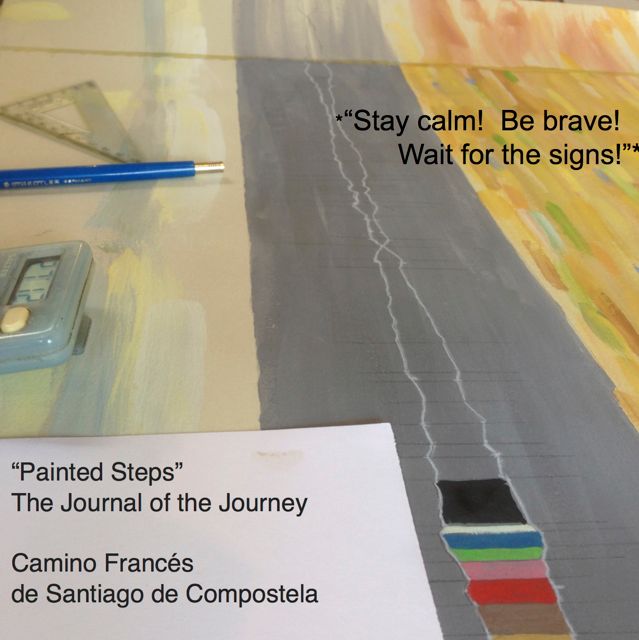
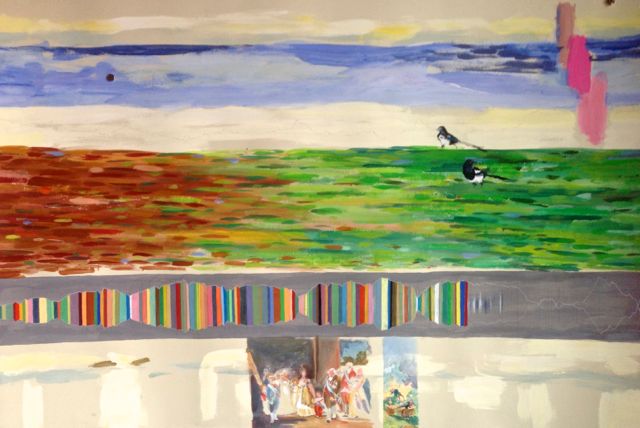
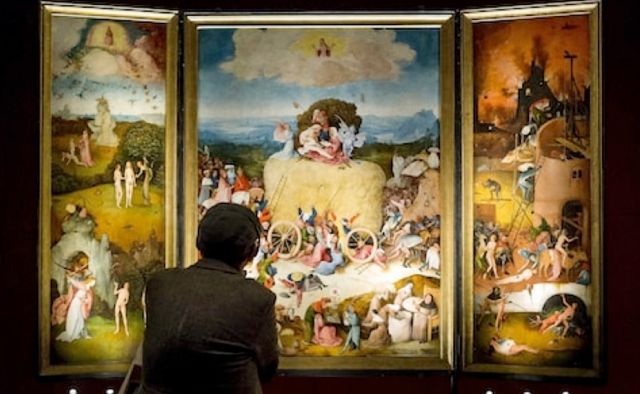
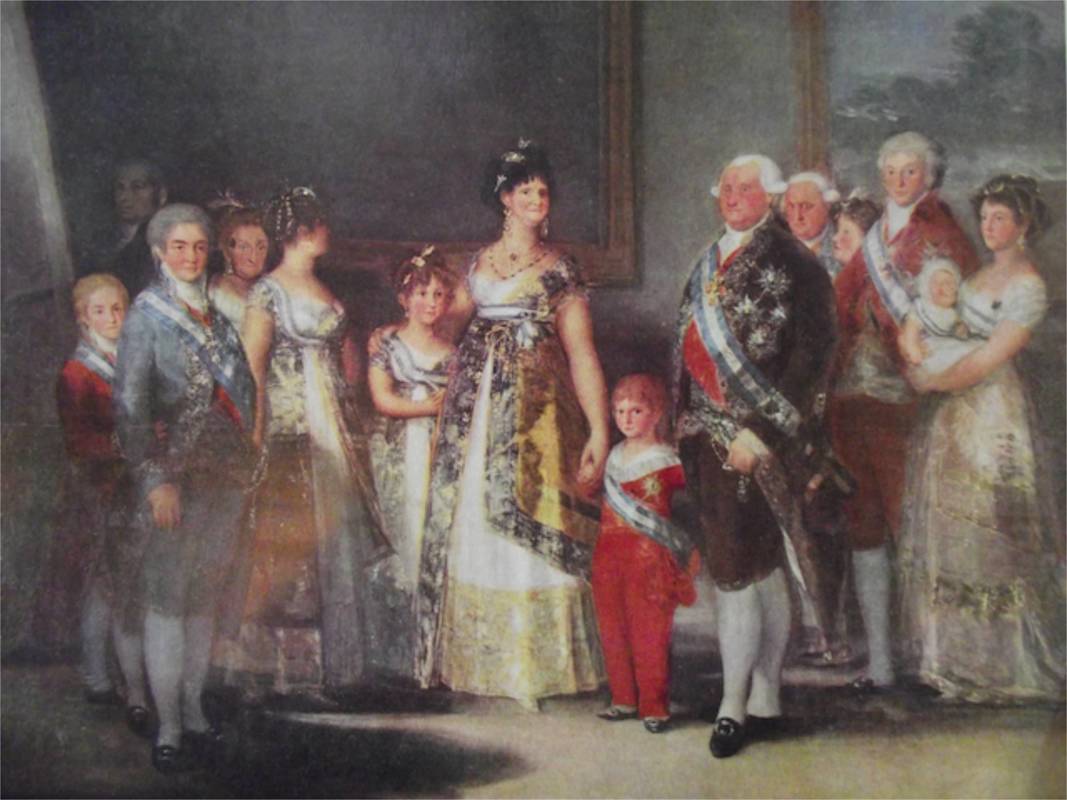
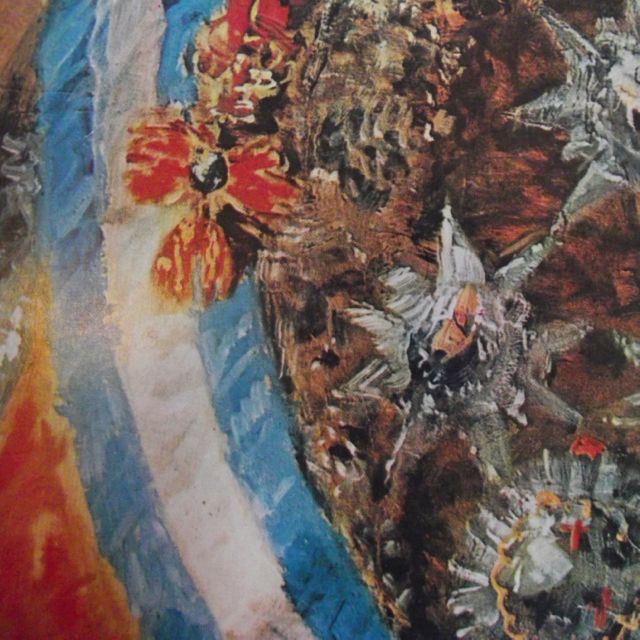
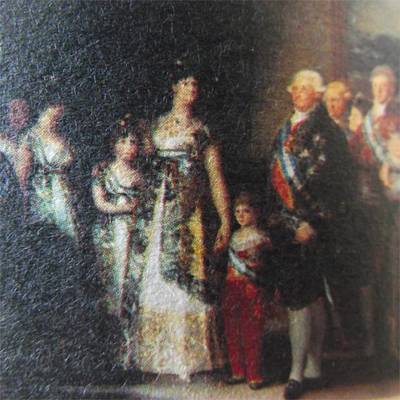
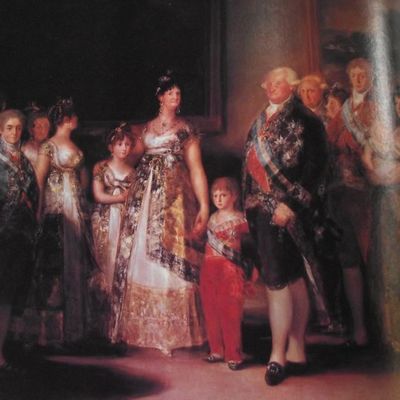
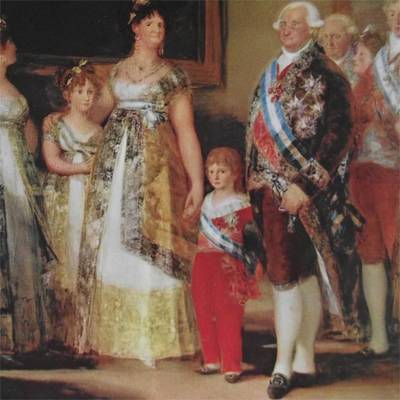
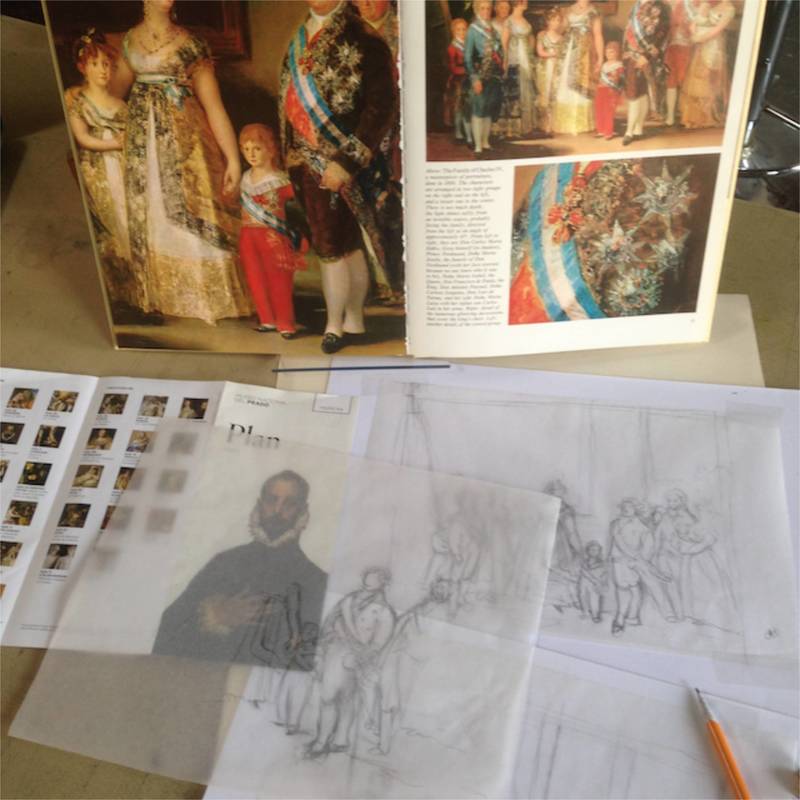

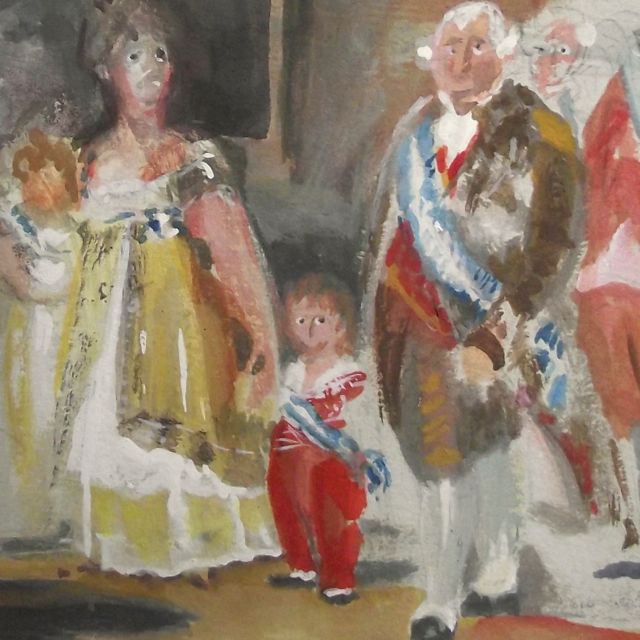
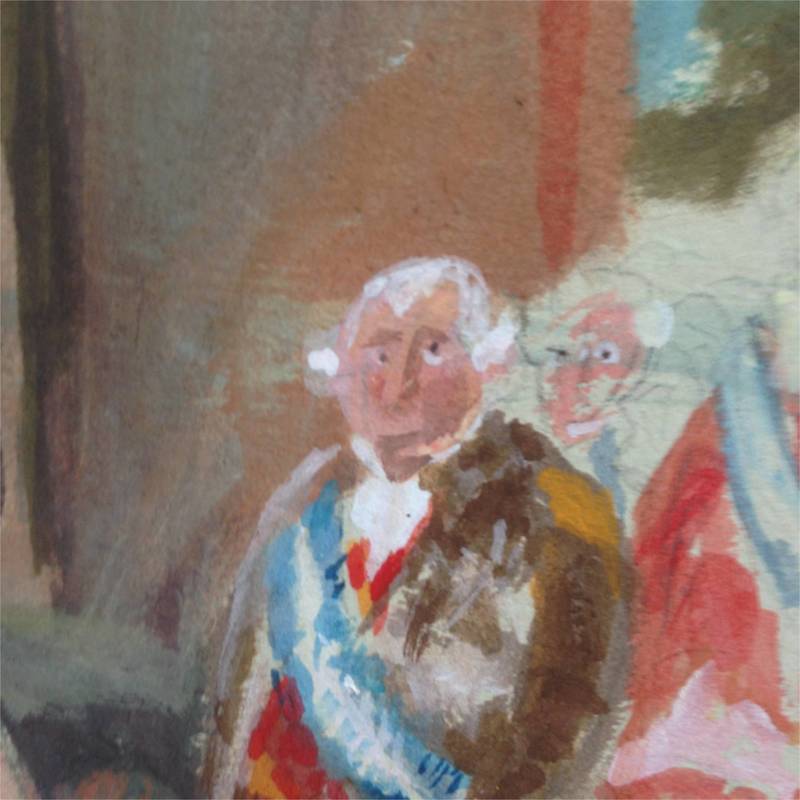
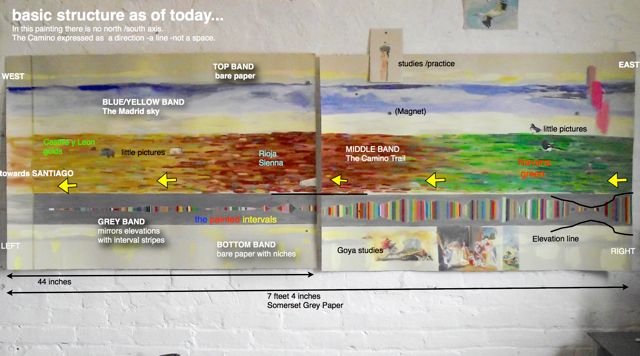
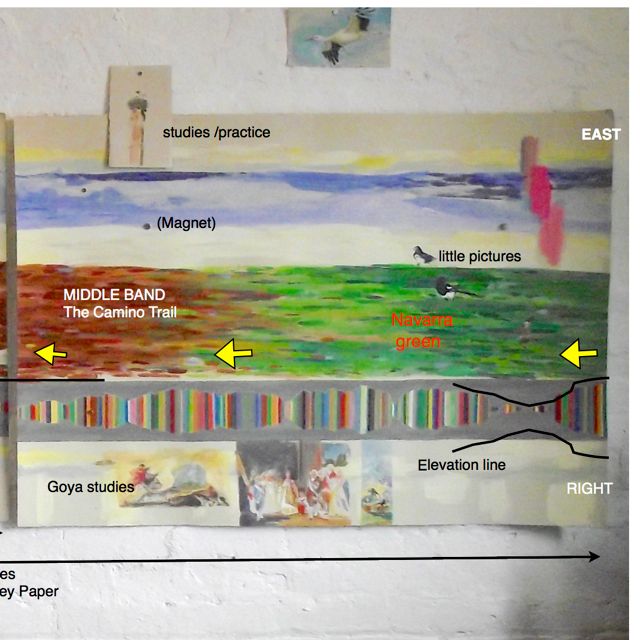
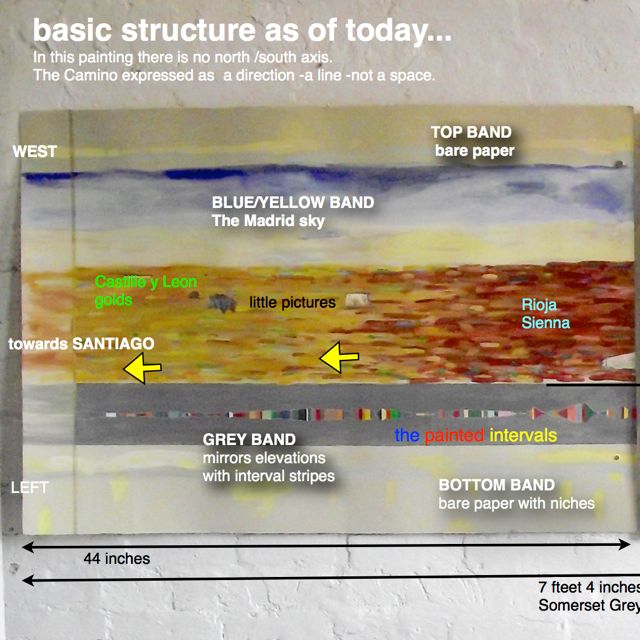
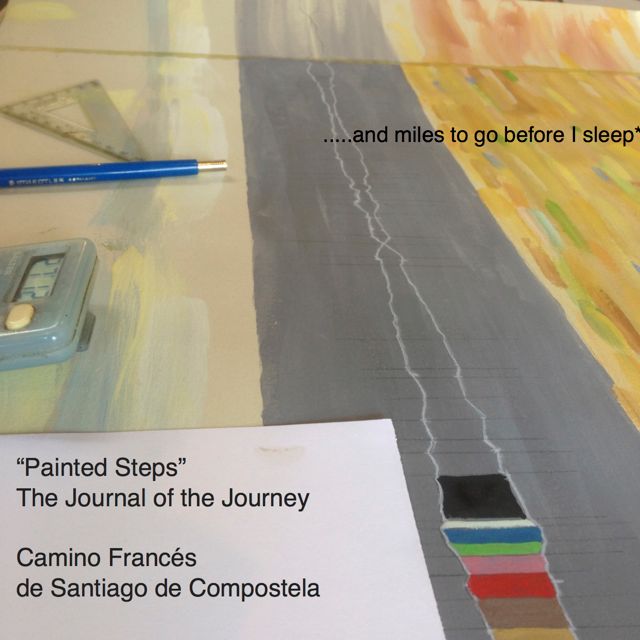
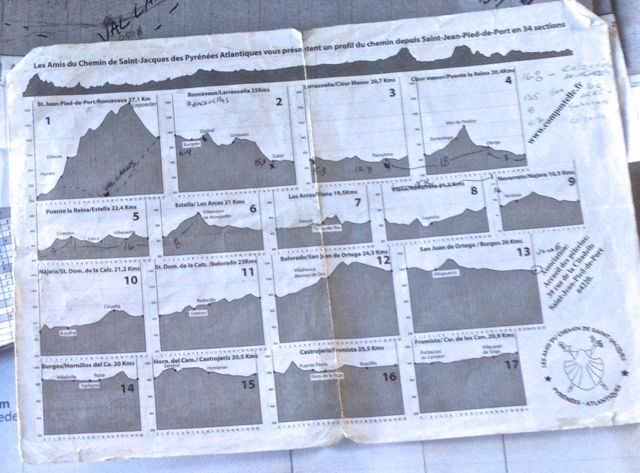
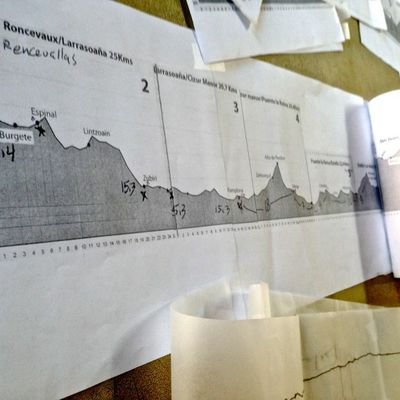
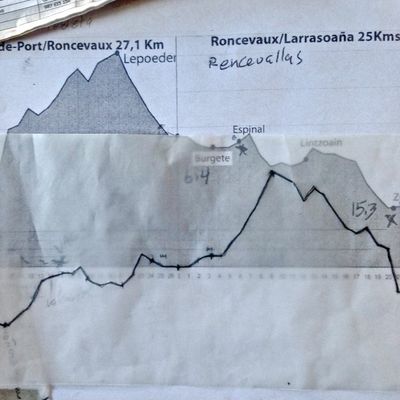

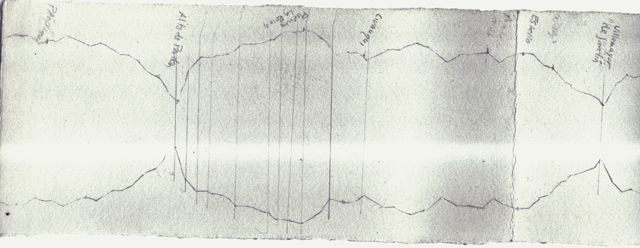
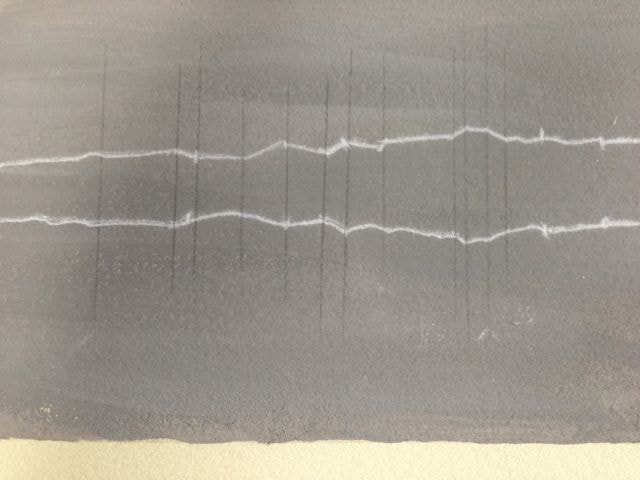



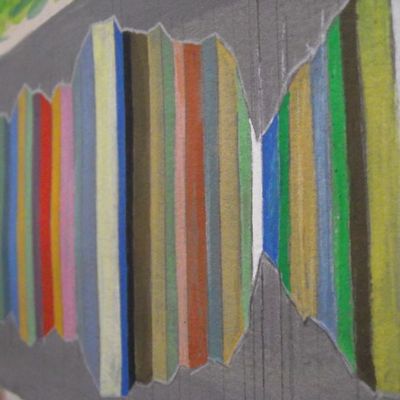
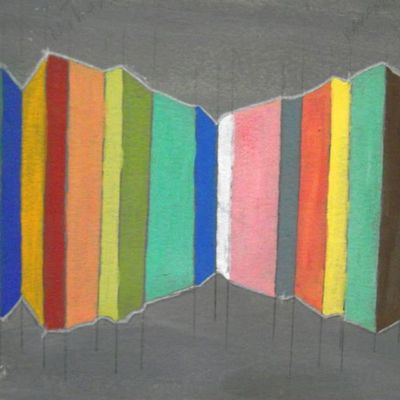
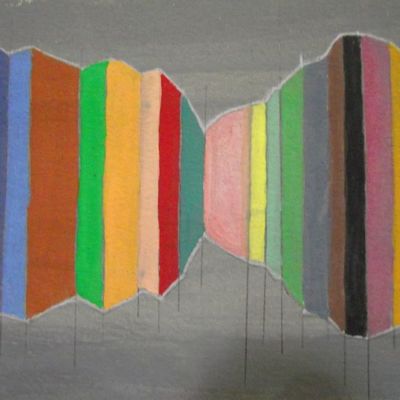
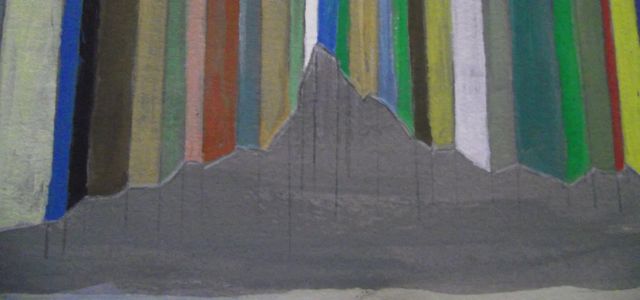

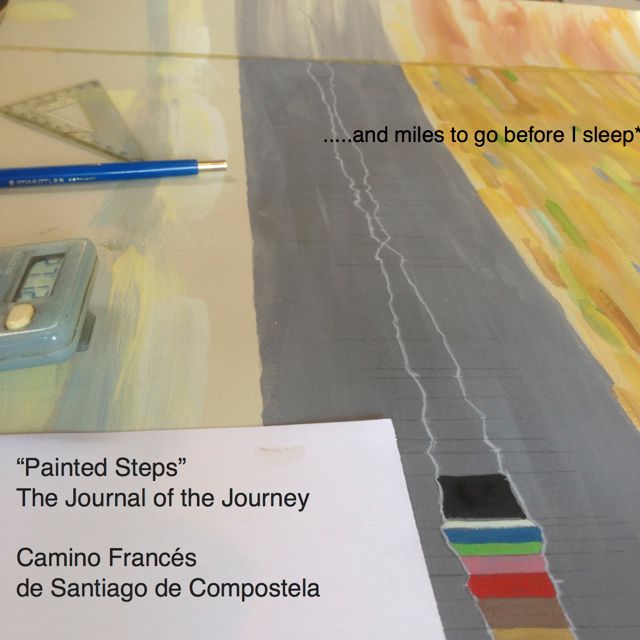
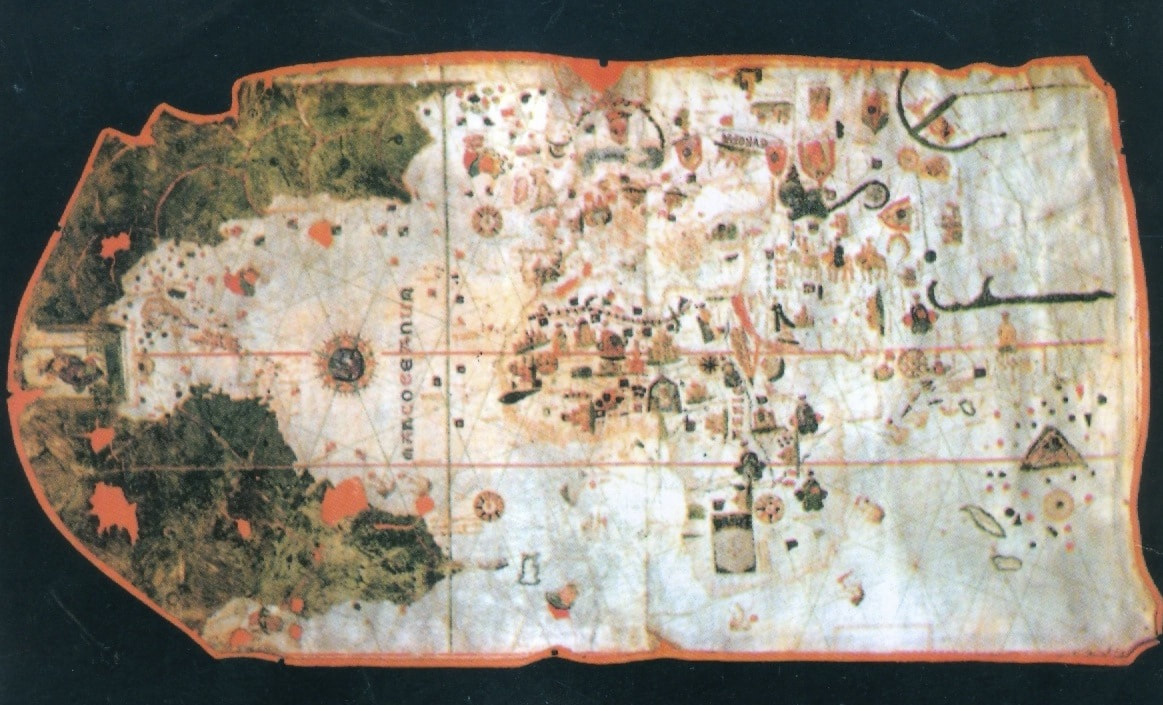

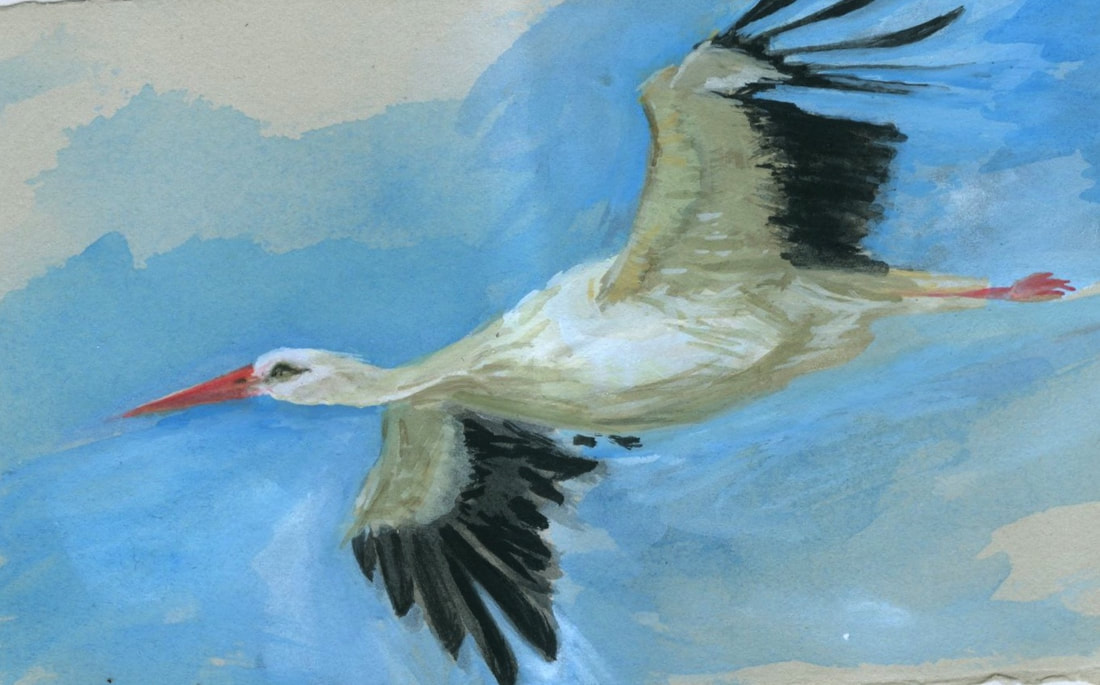
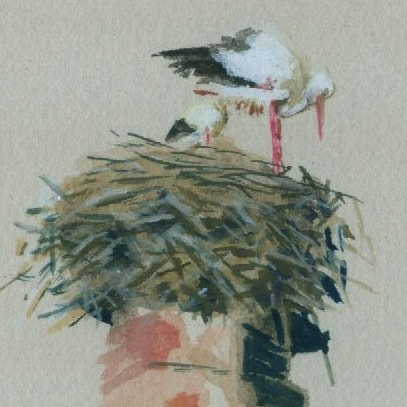
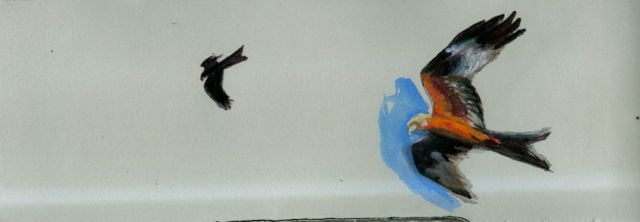
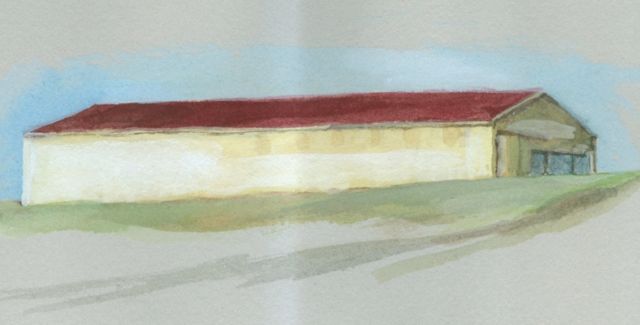
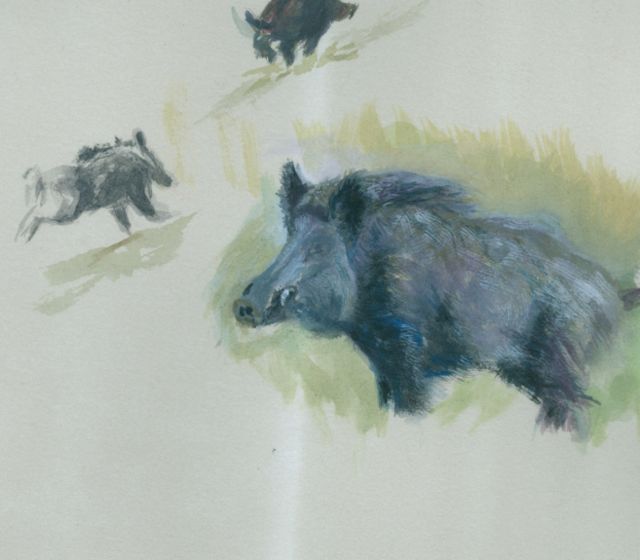
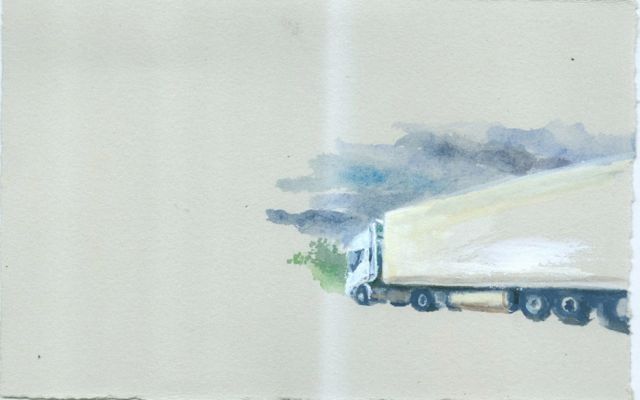
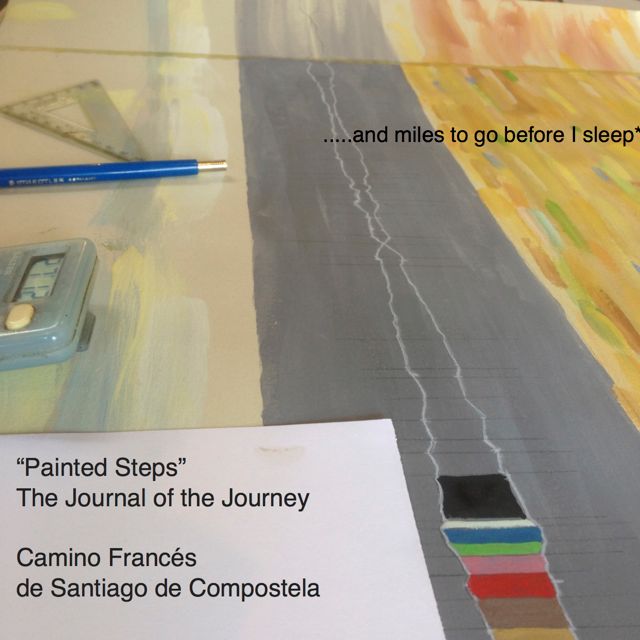
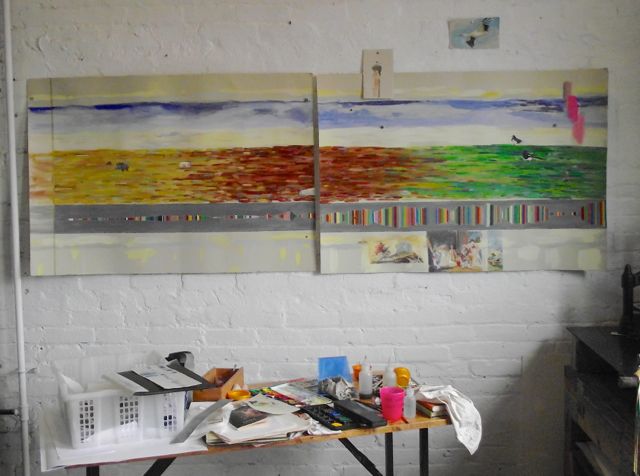
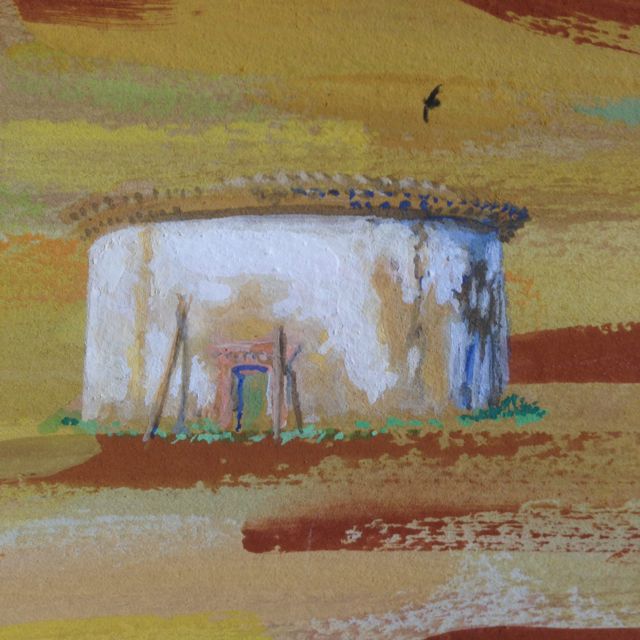
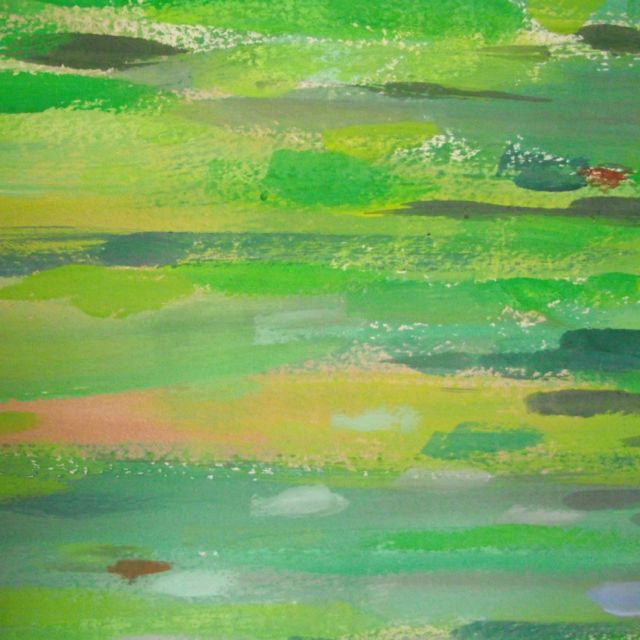
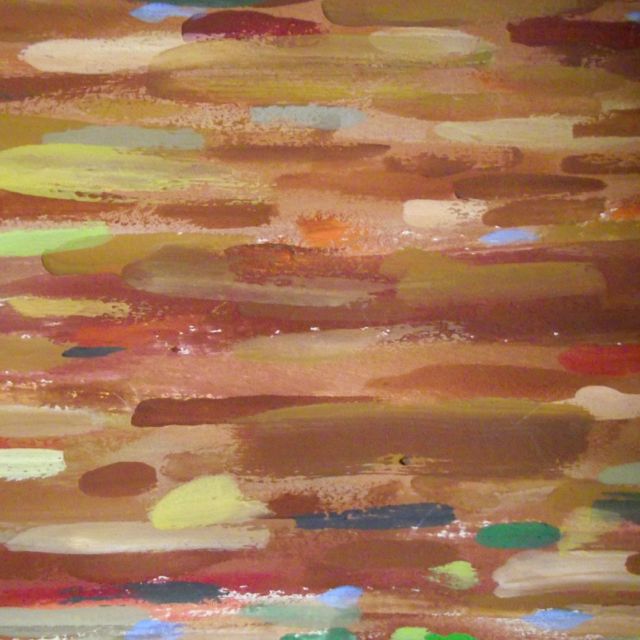
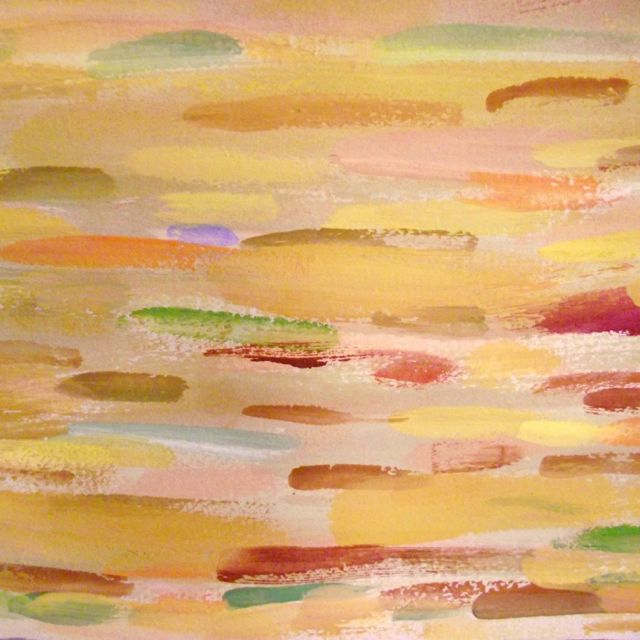
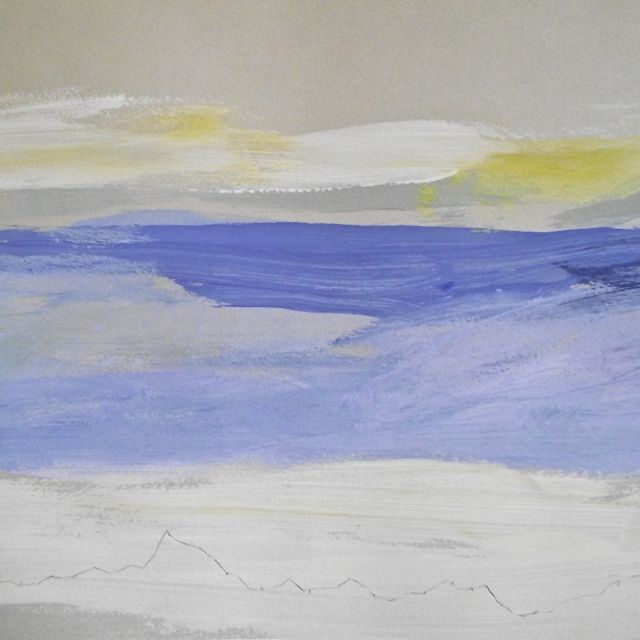
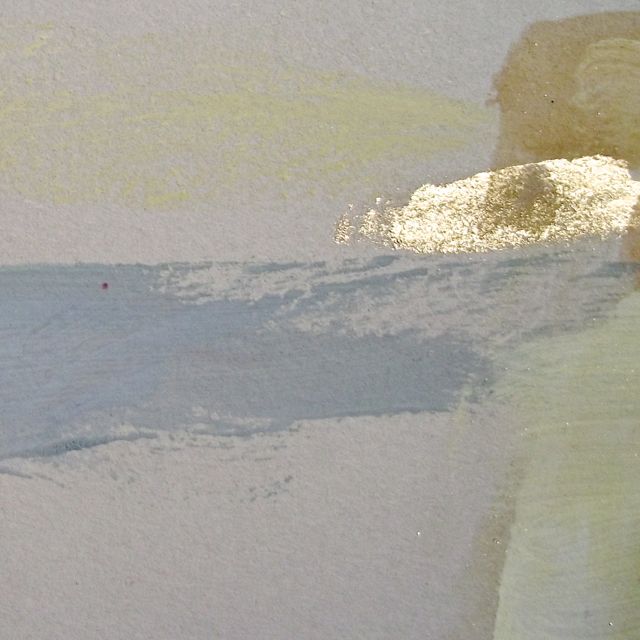
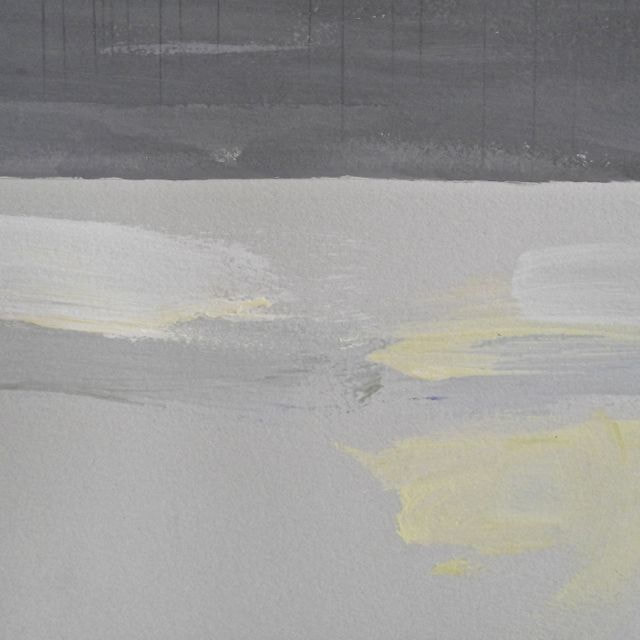
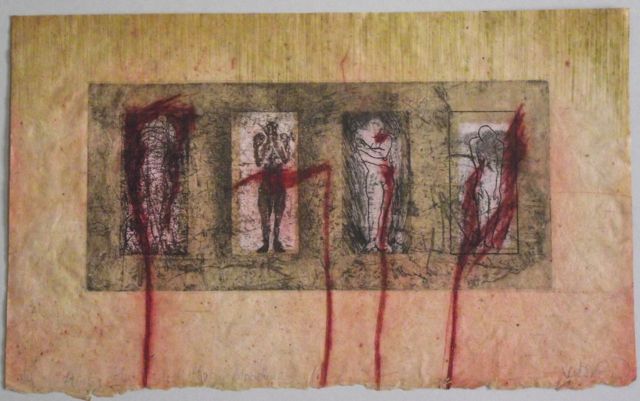
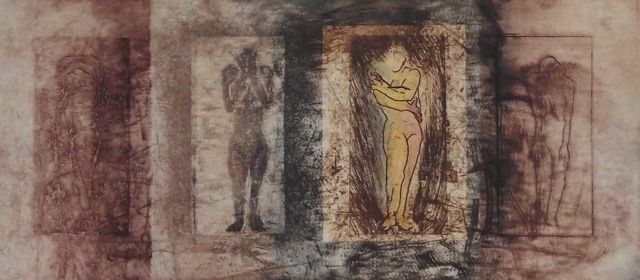

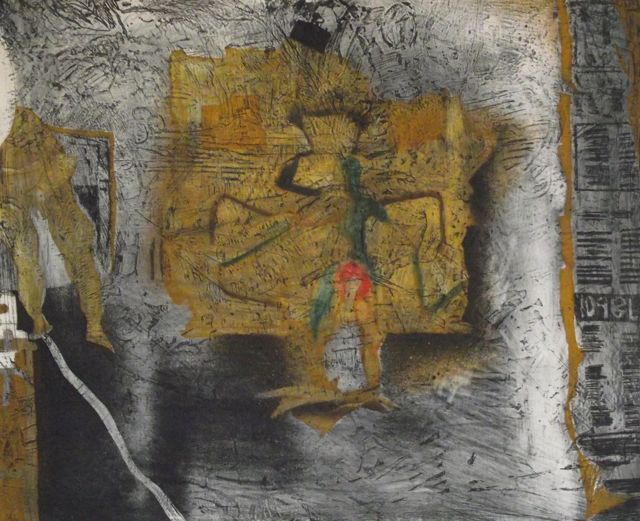
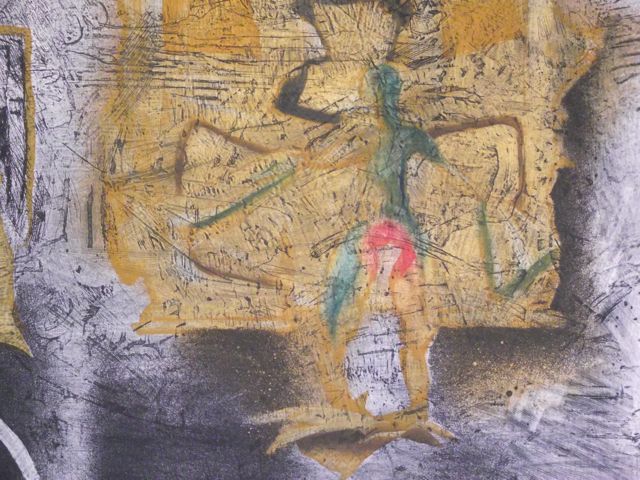
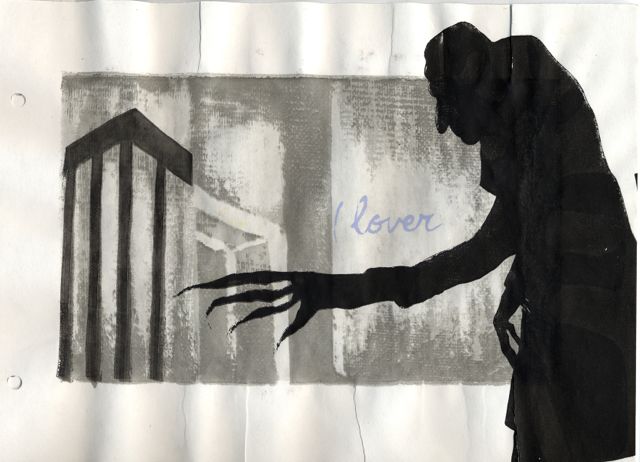
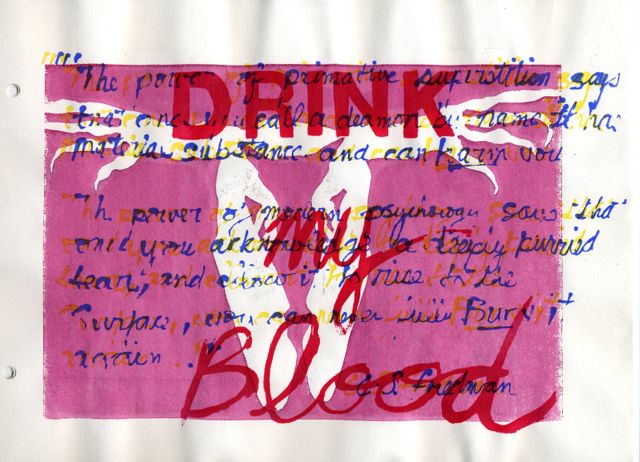
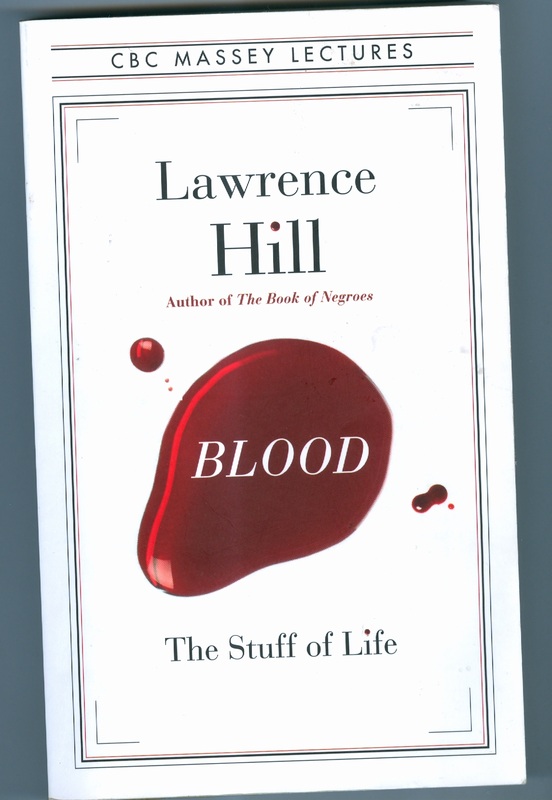

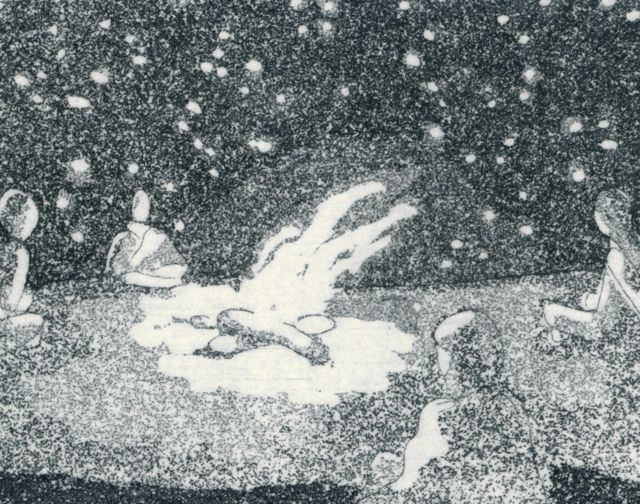
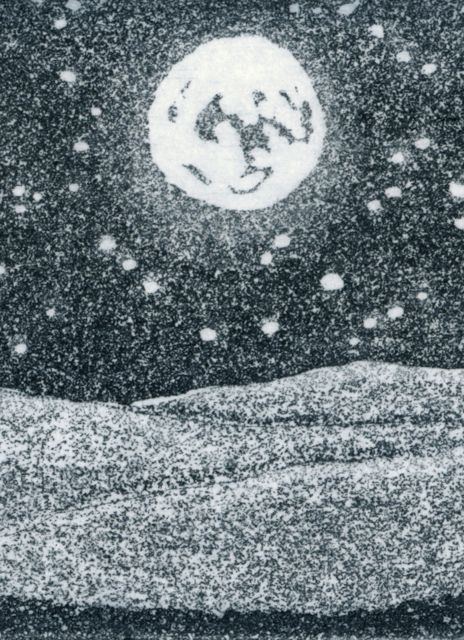
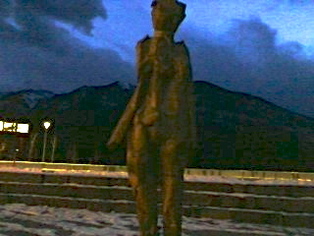
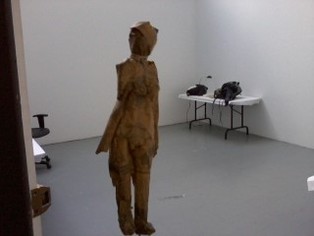
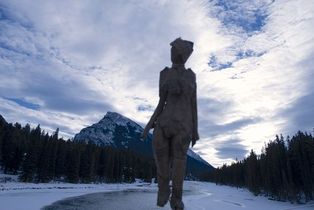

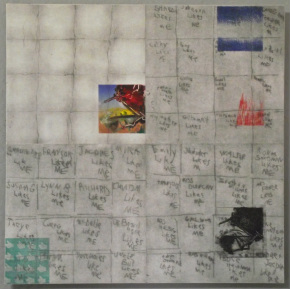
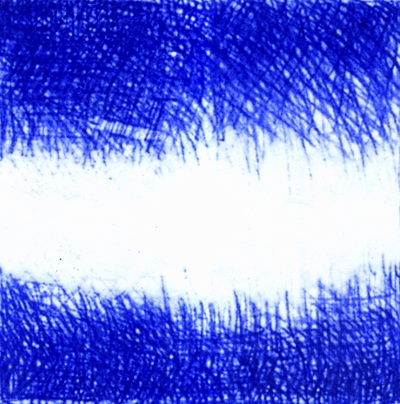
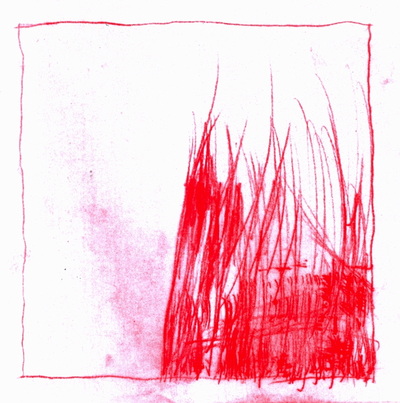
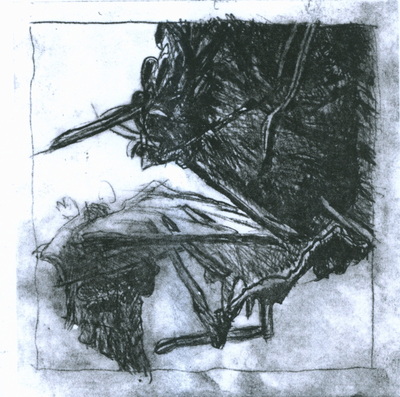
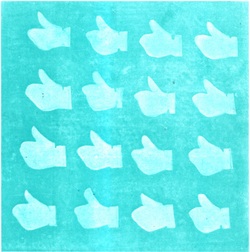


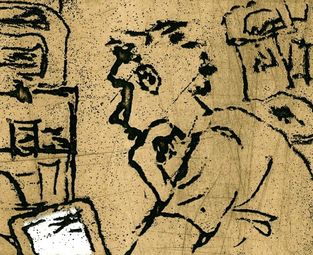
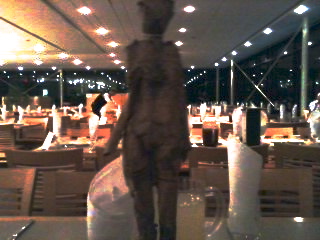
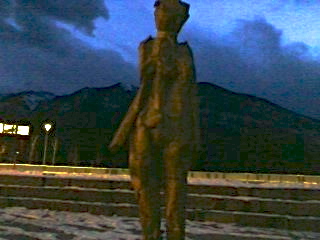
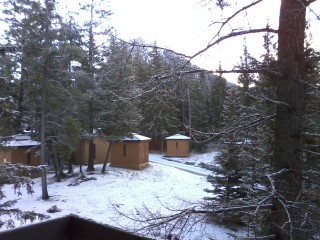
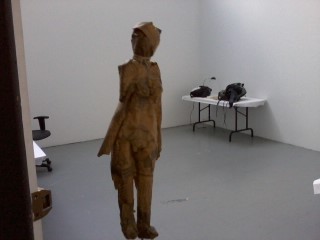
 RSS Feed
RSS Feed